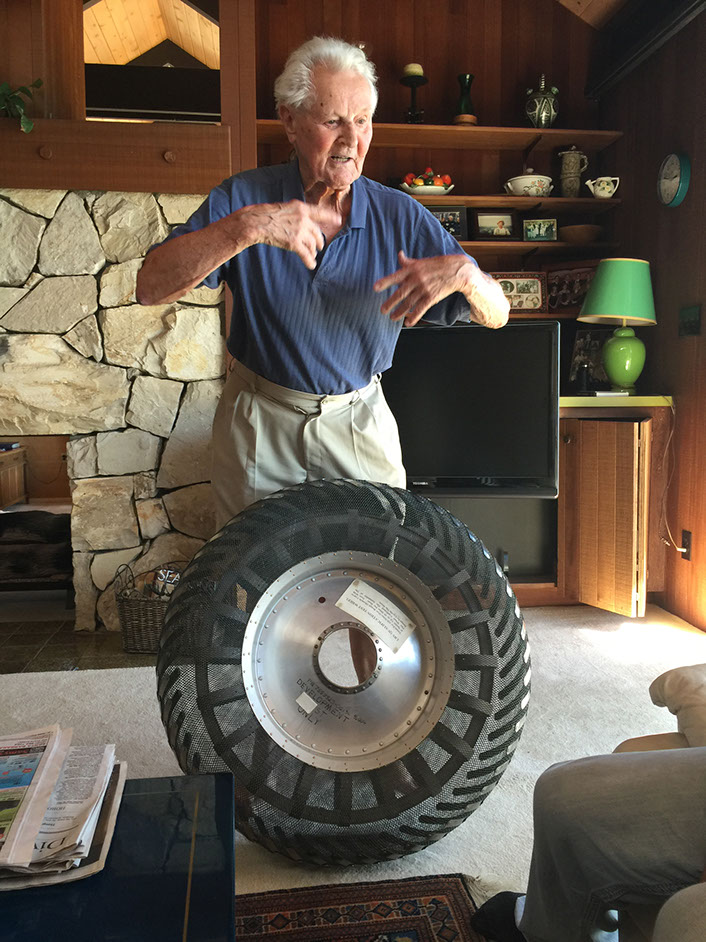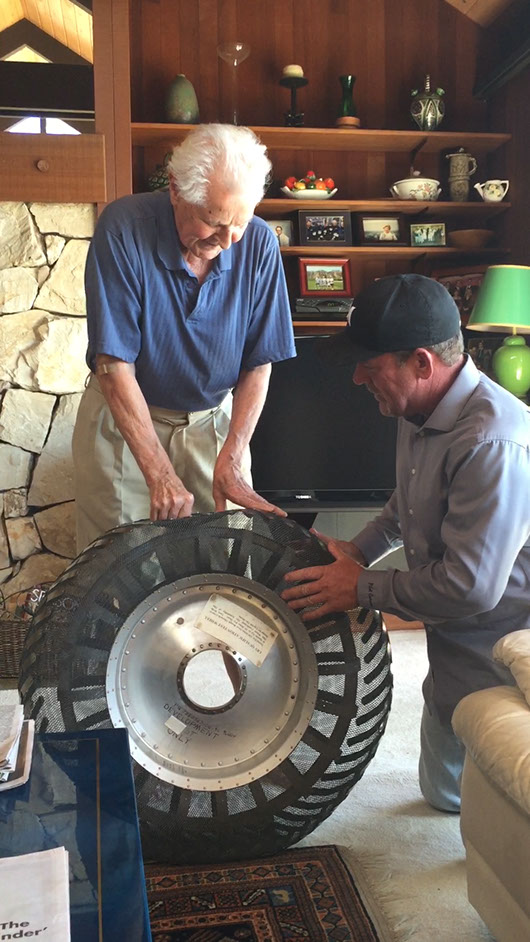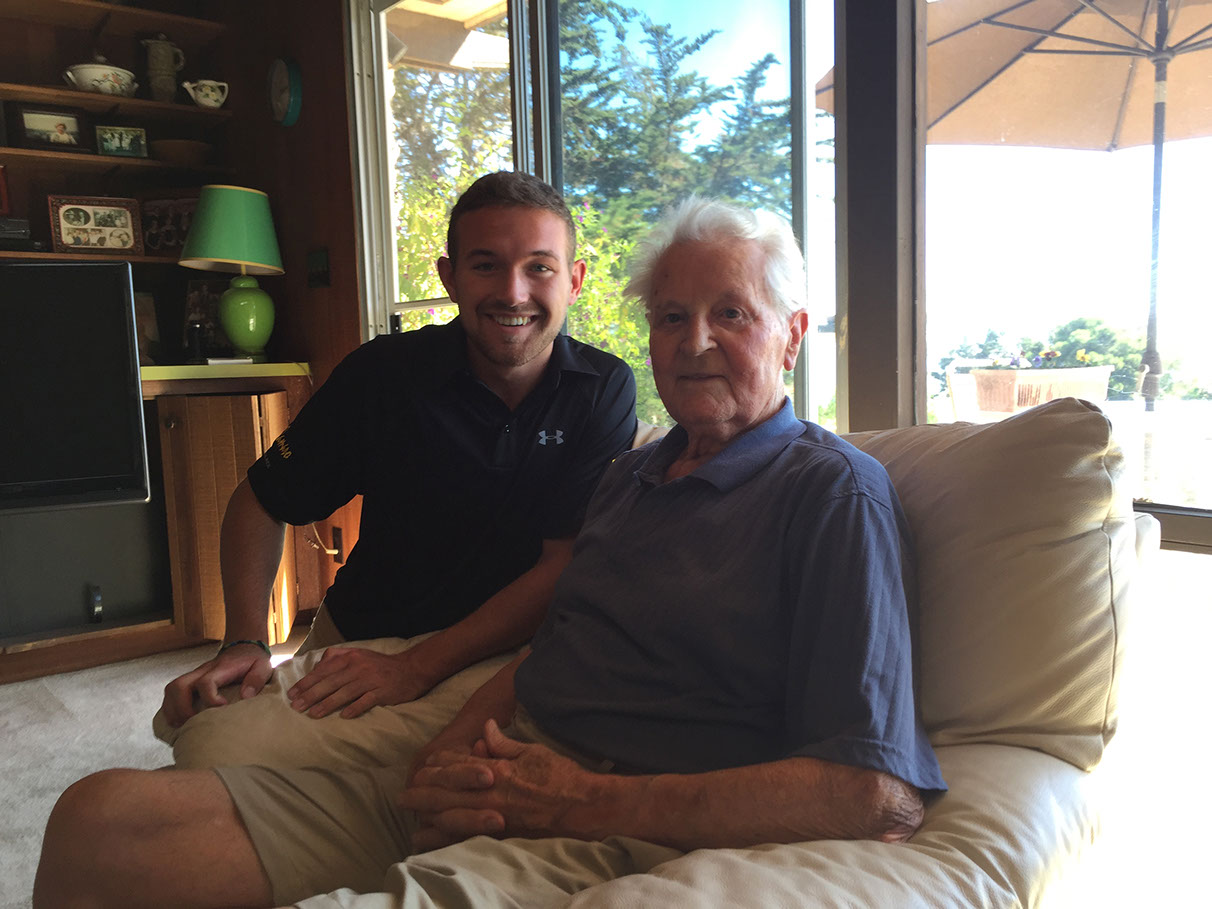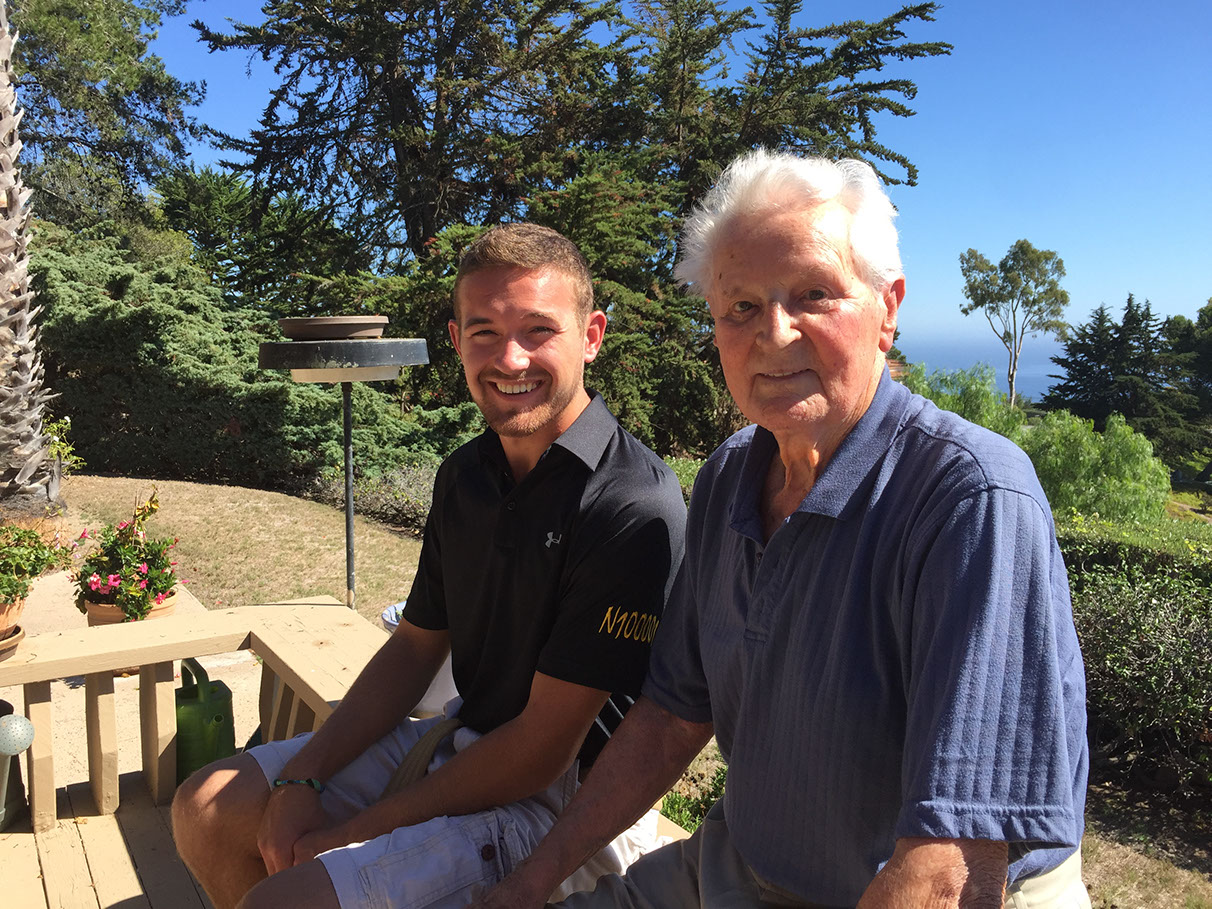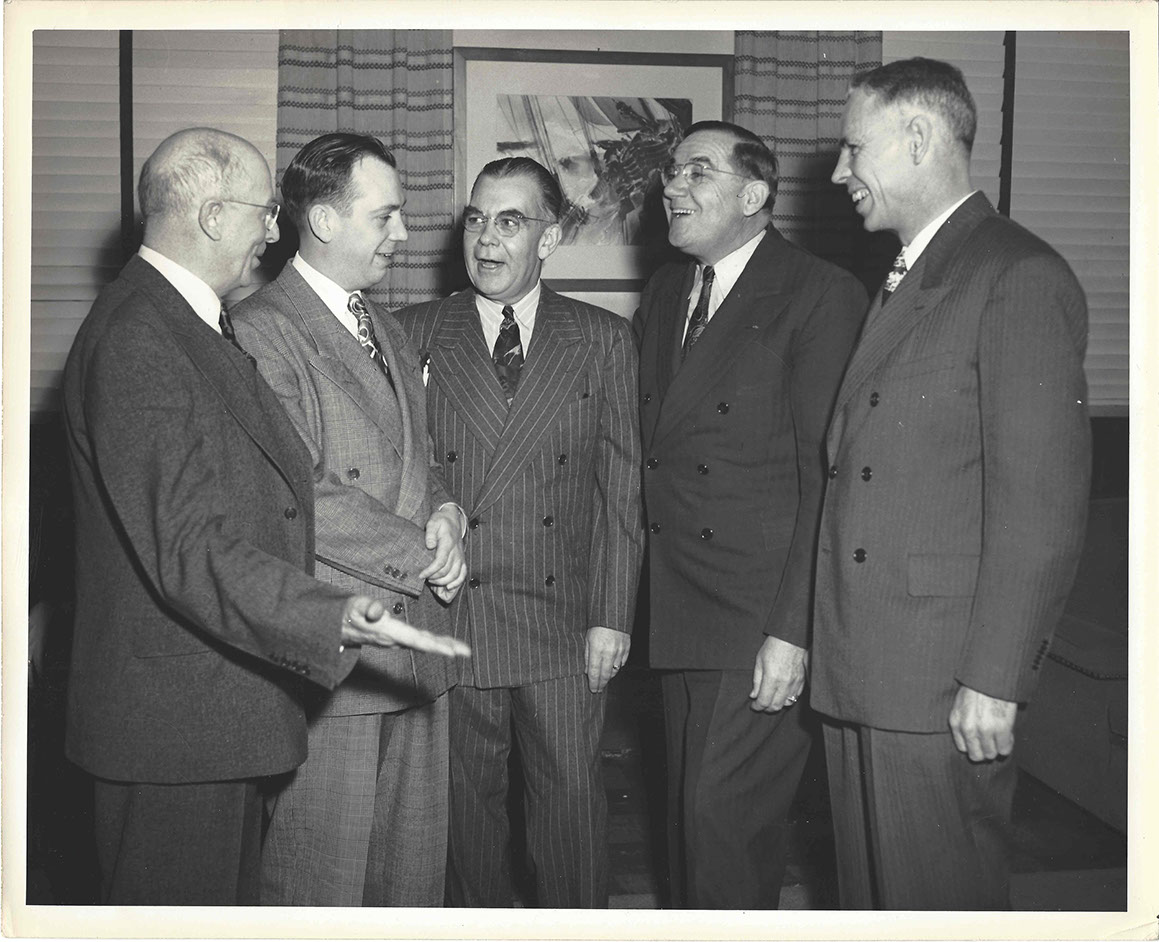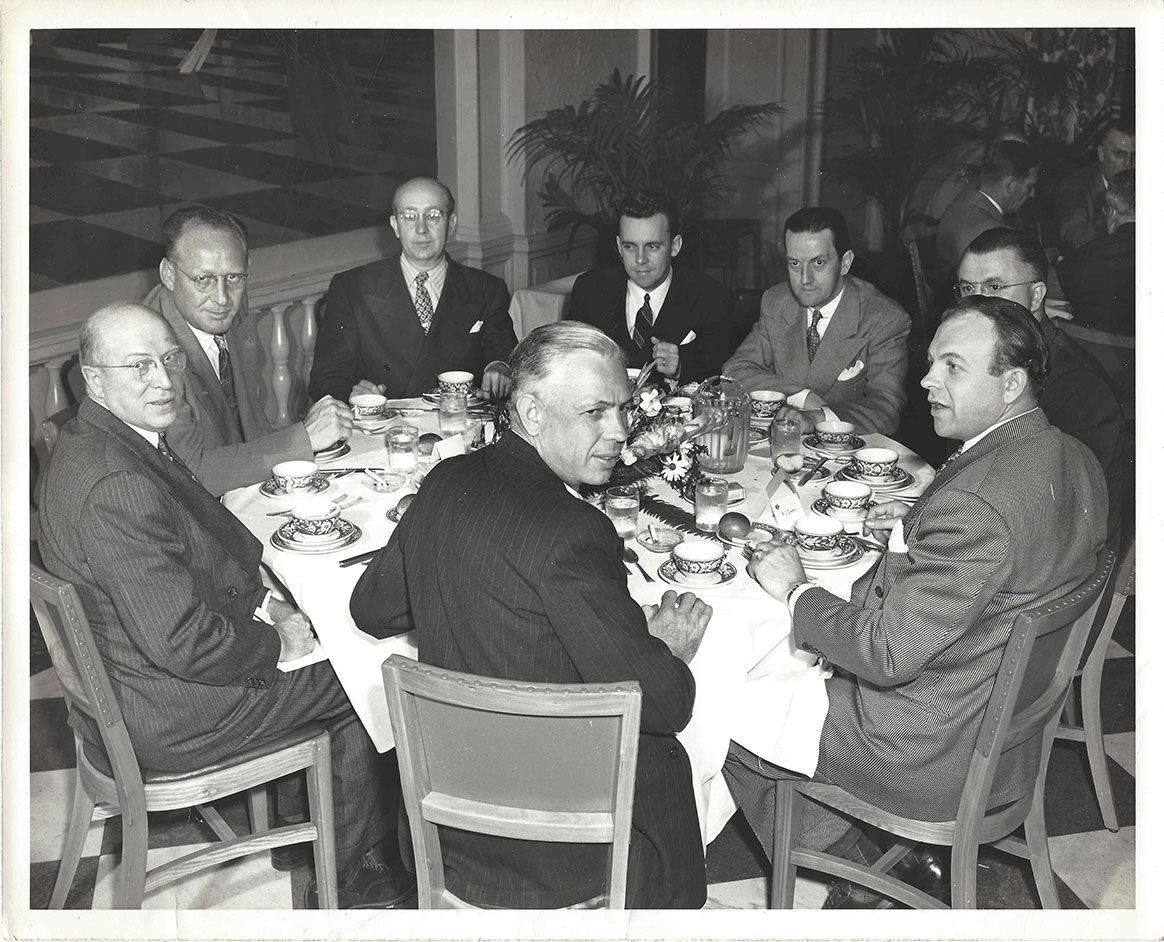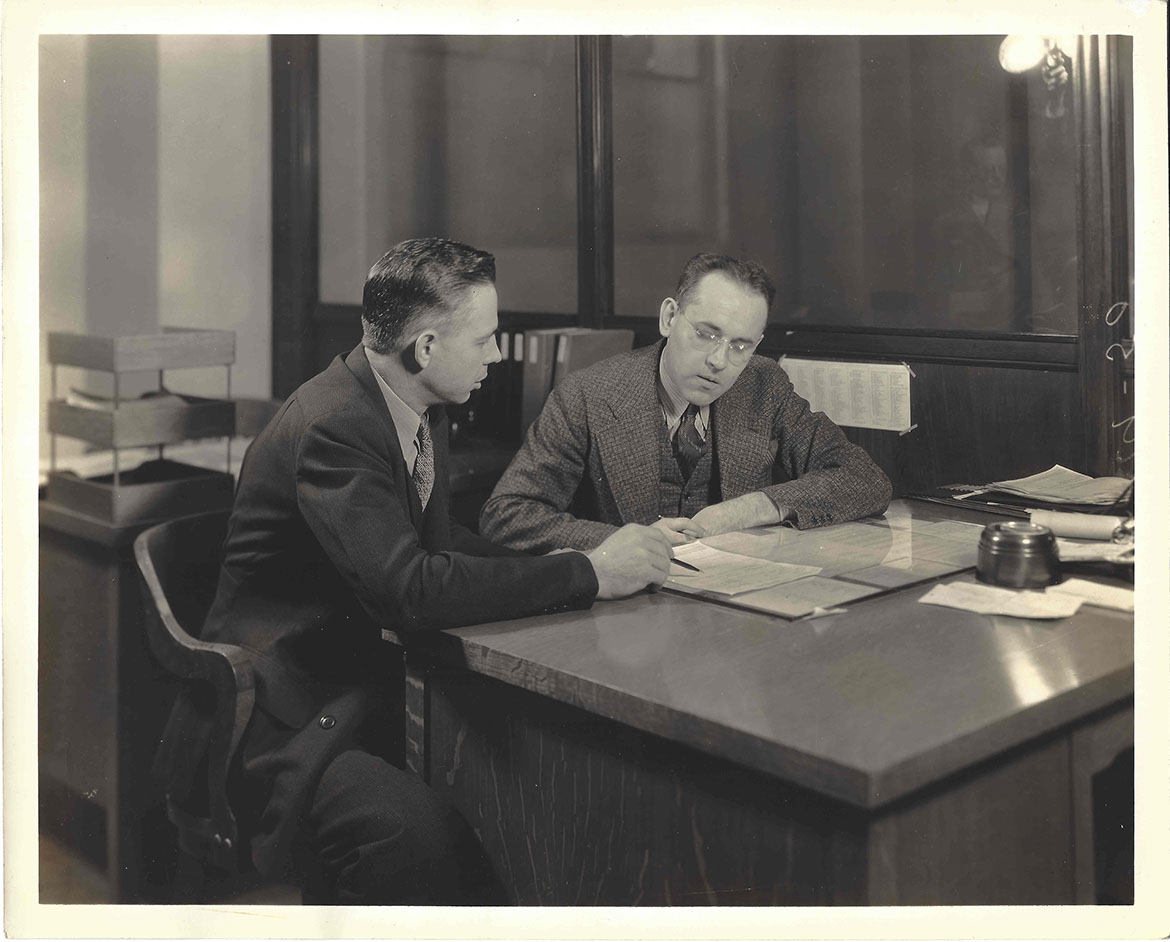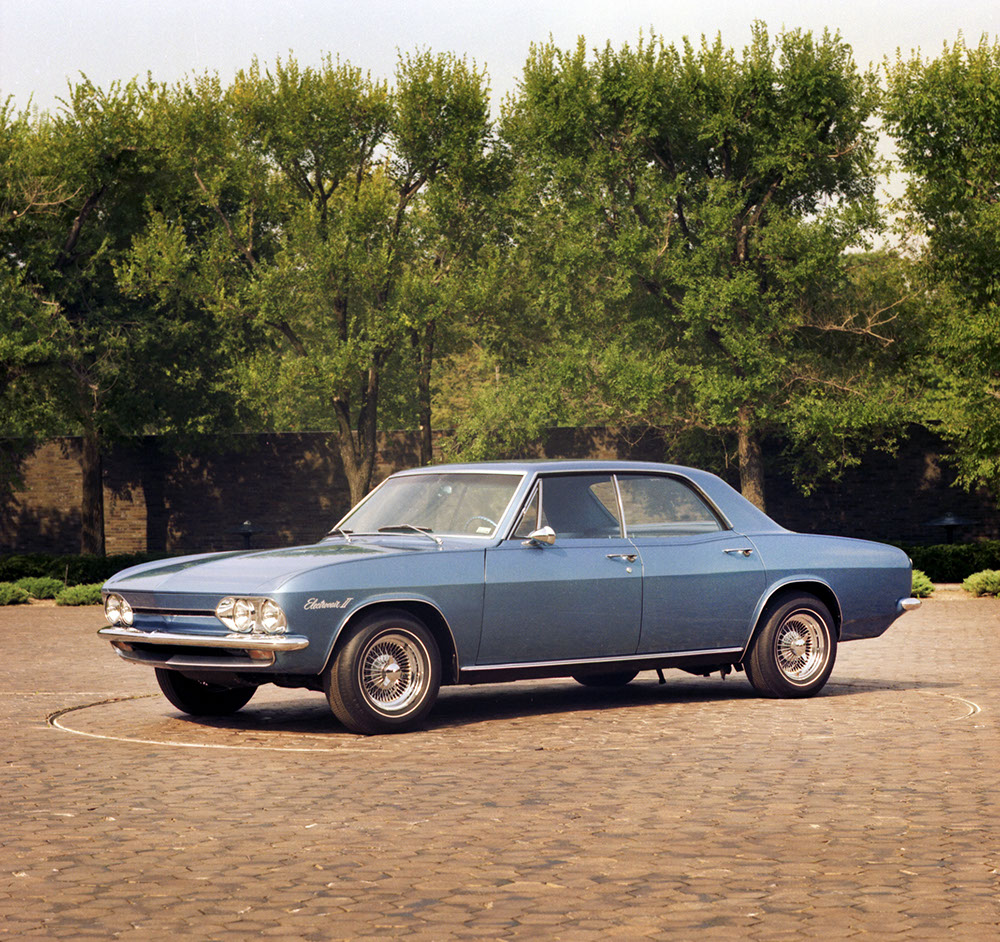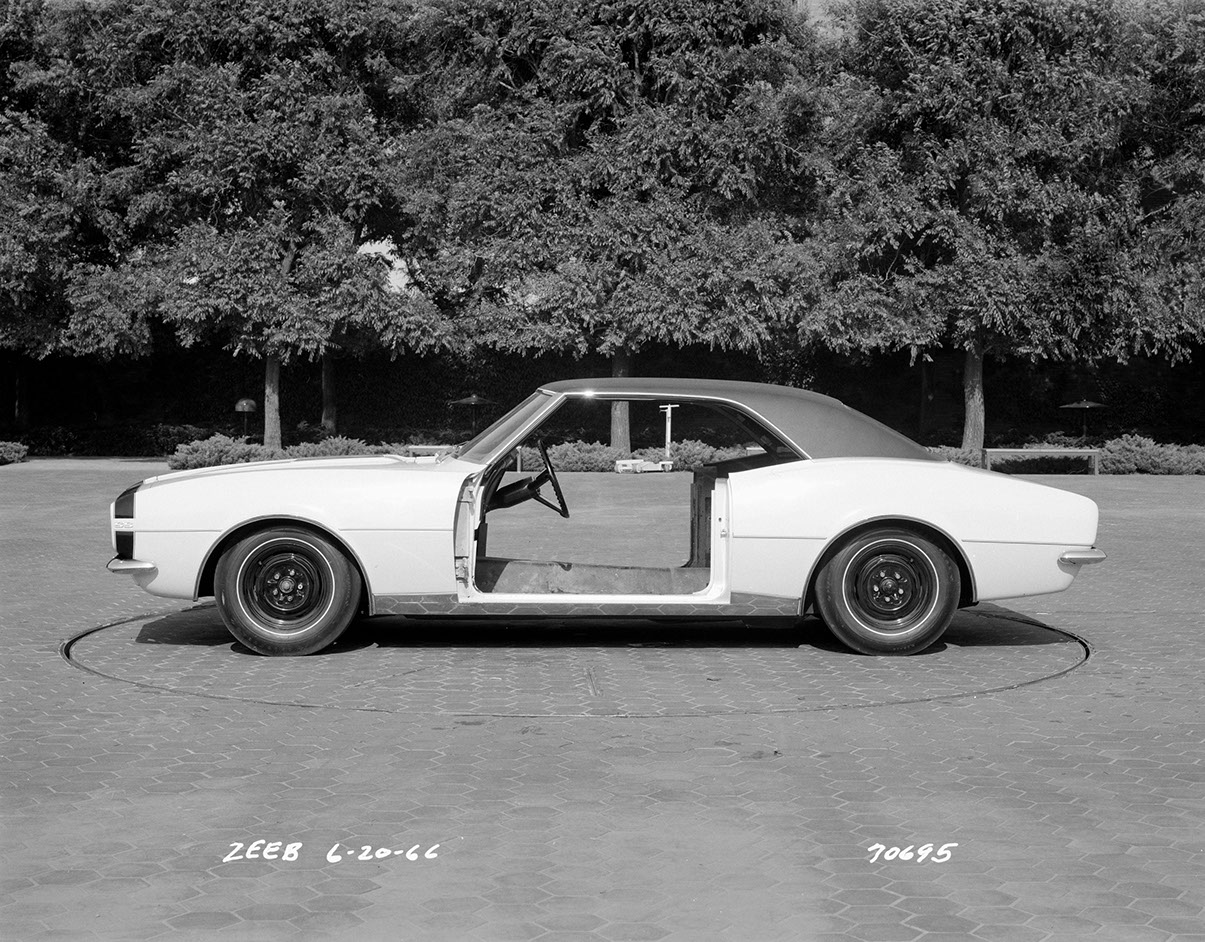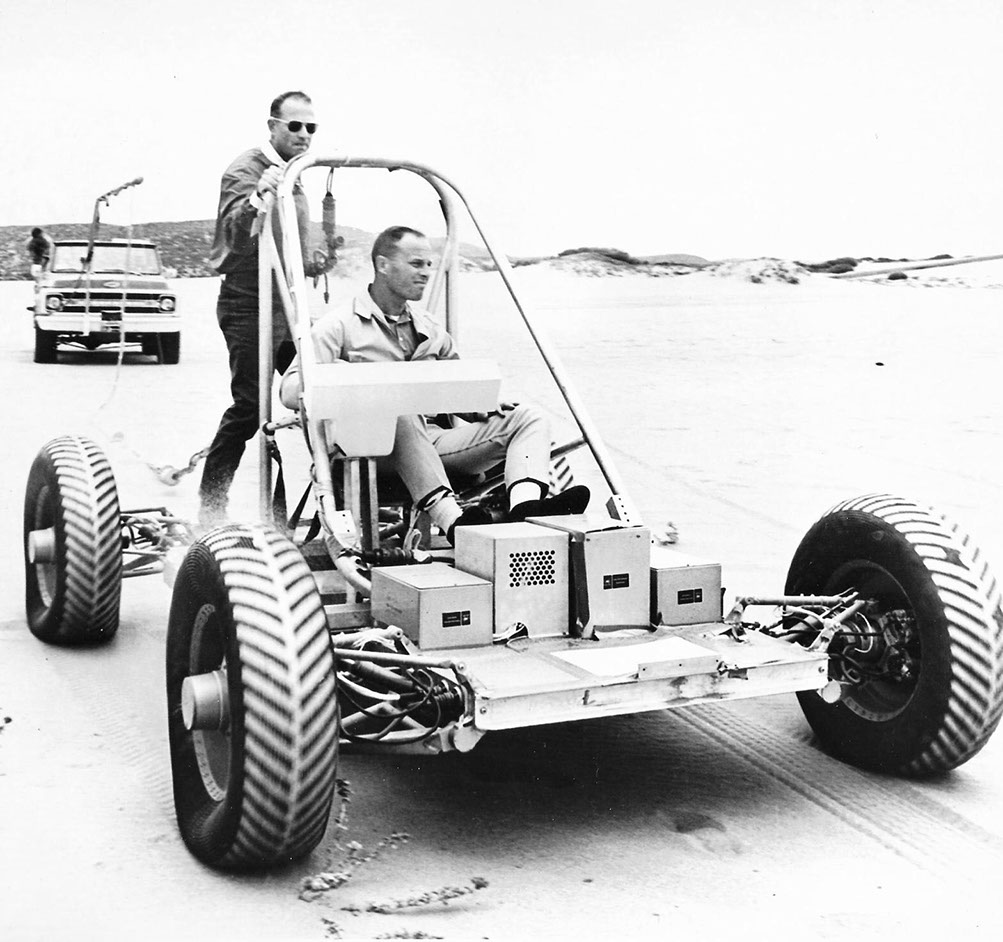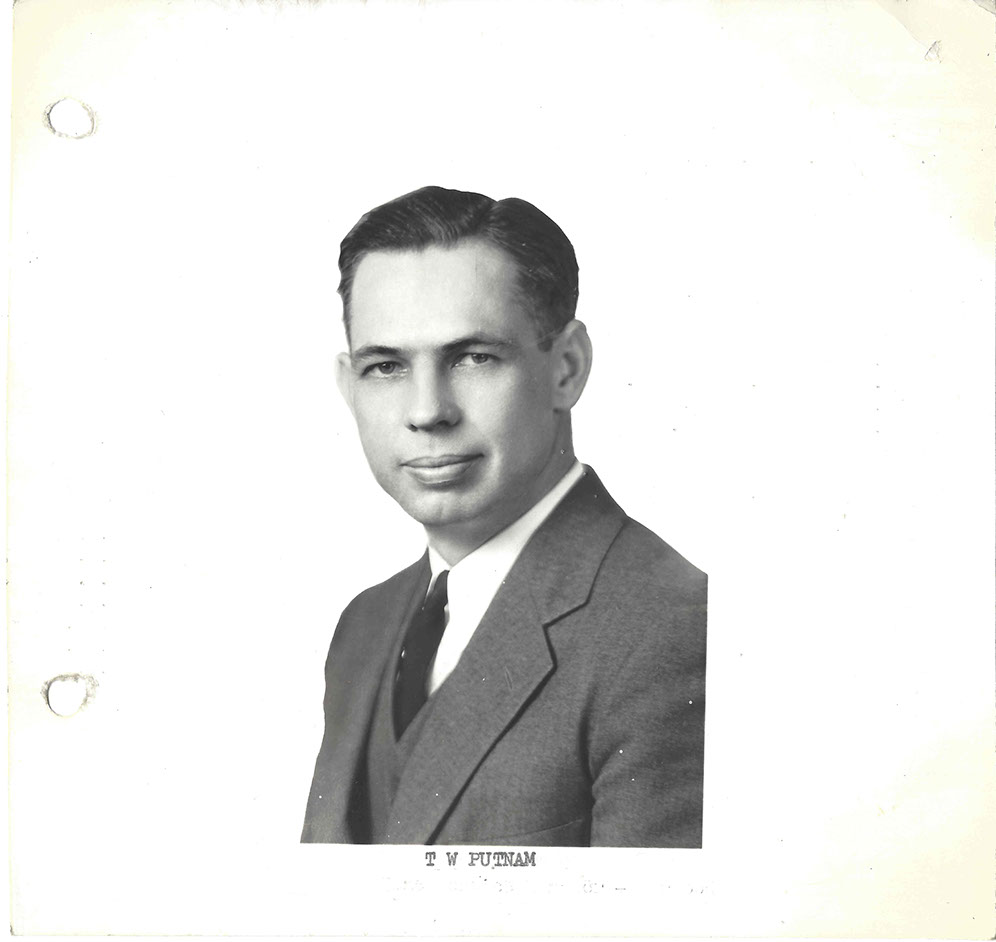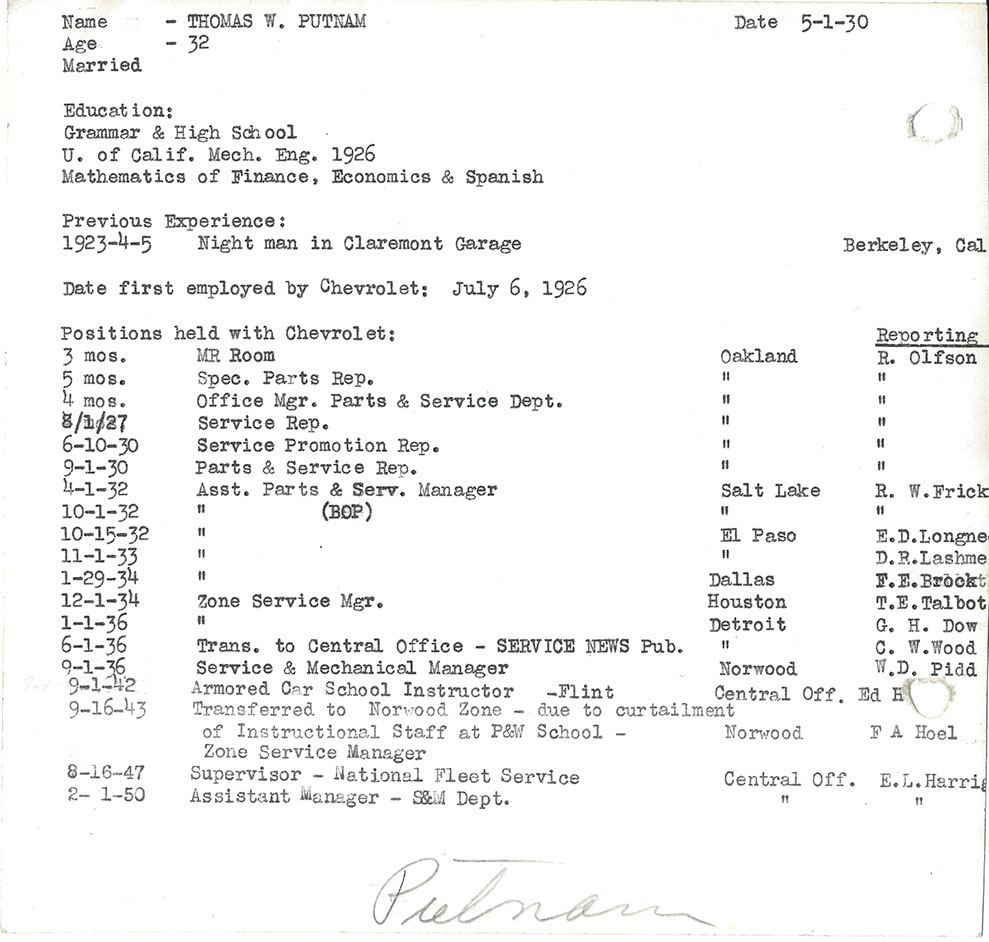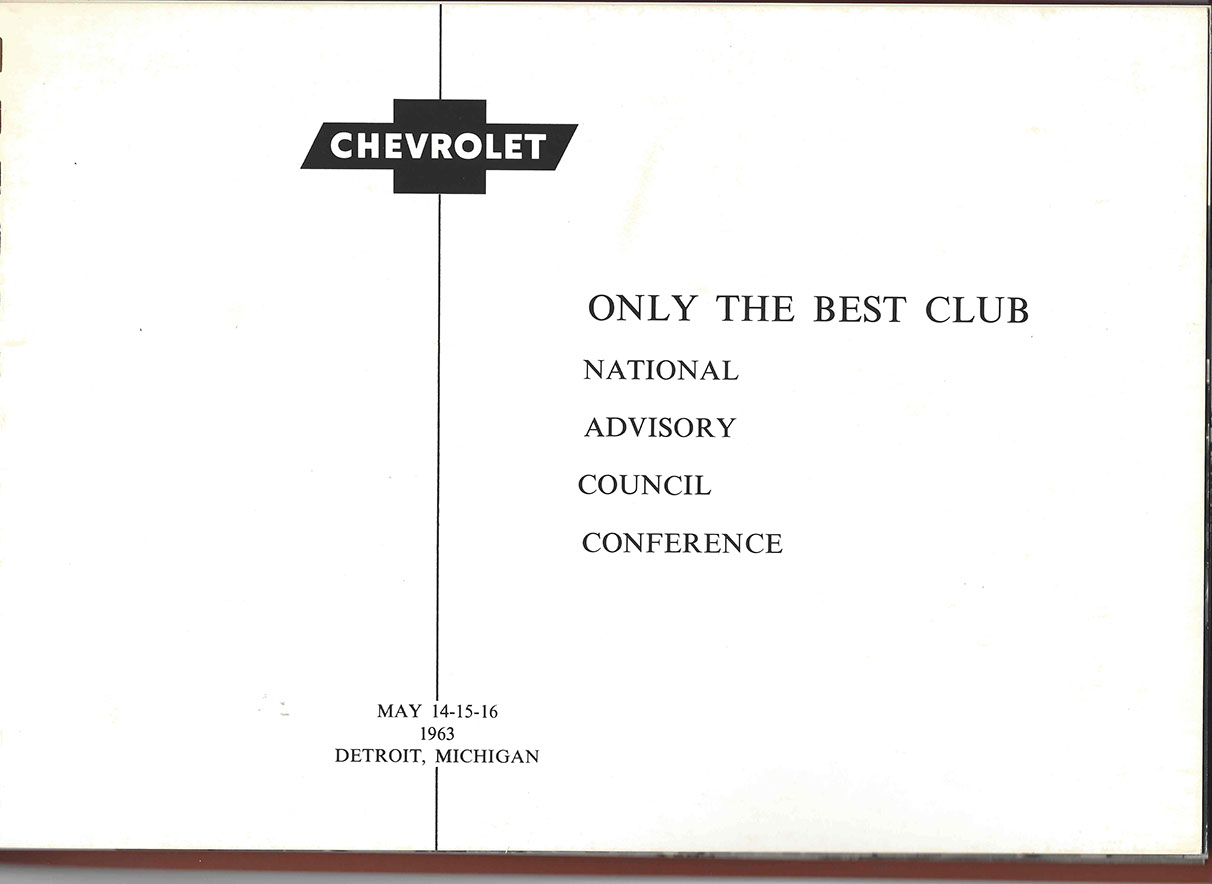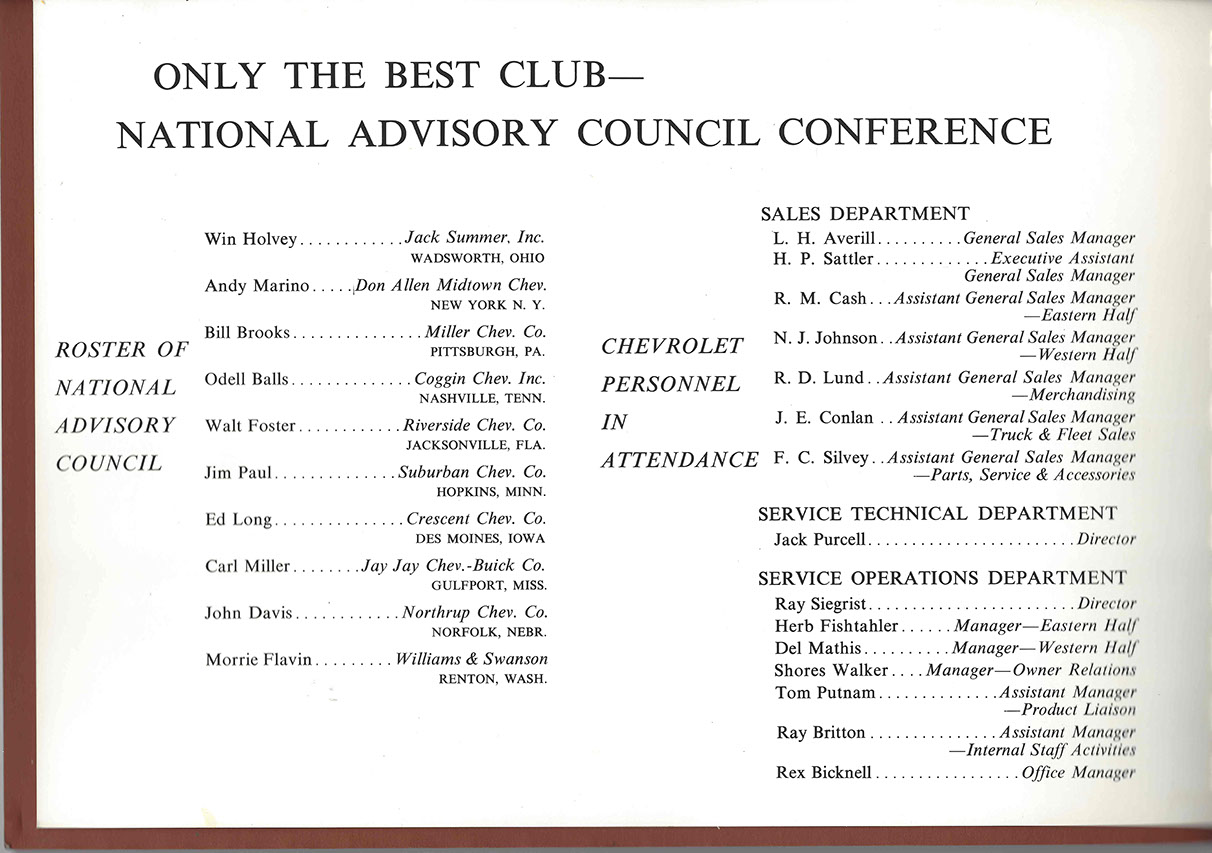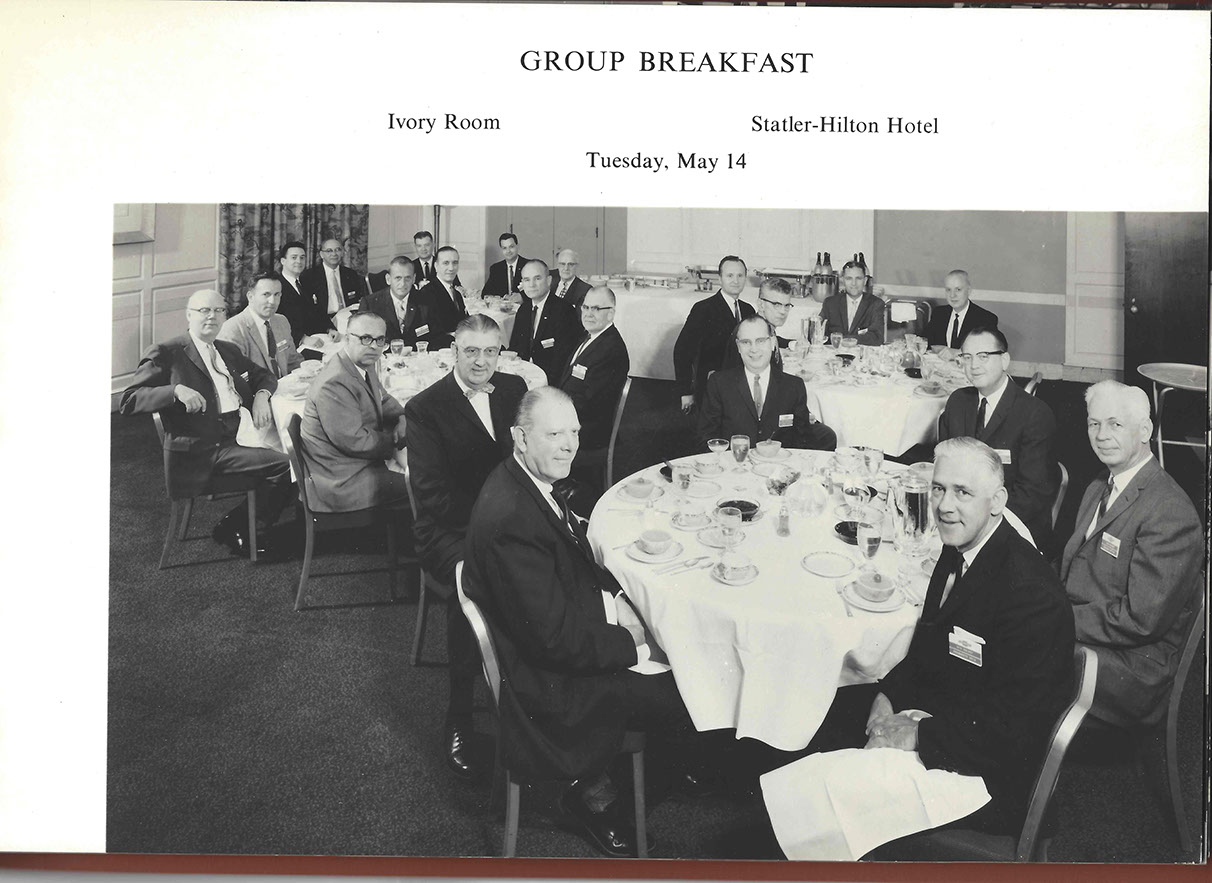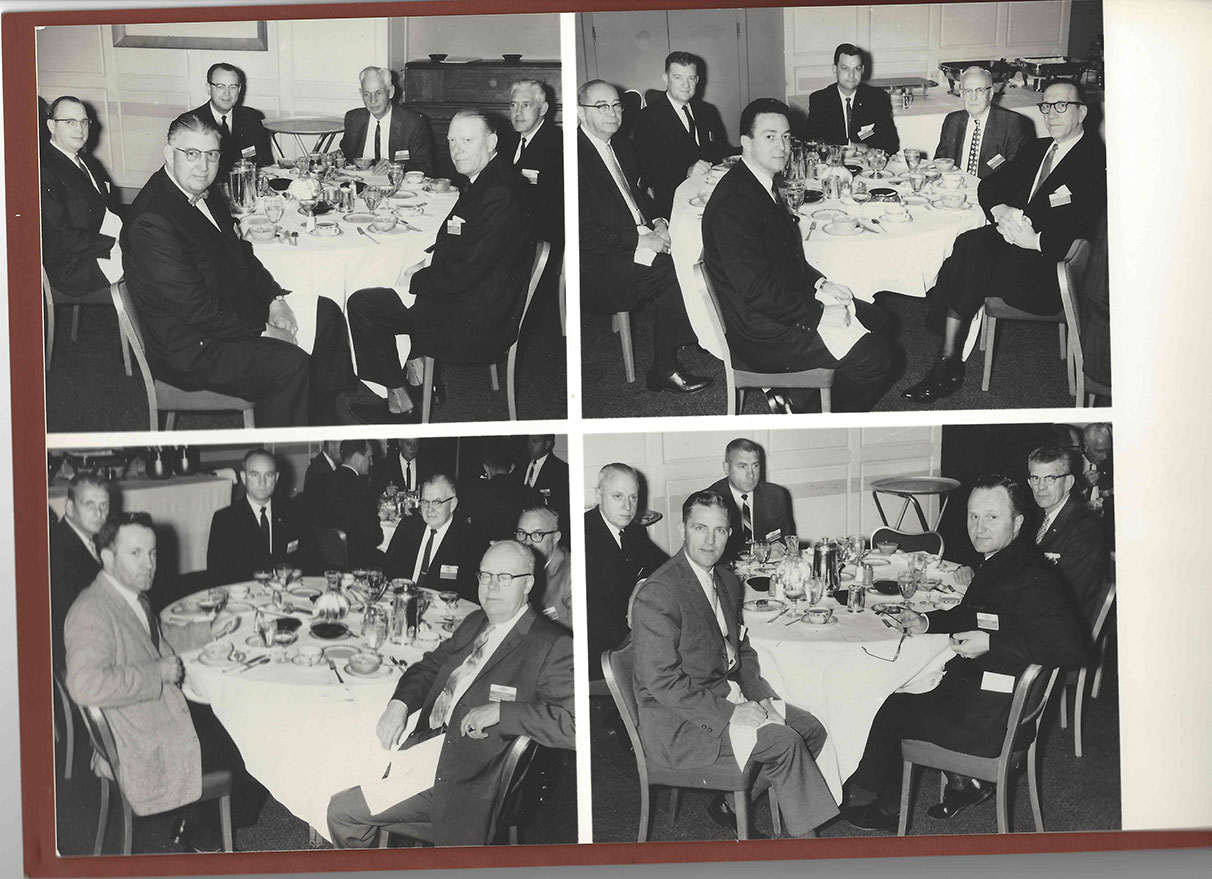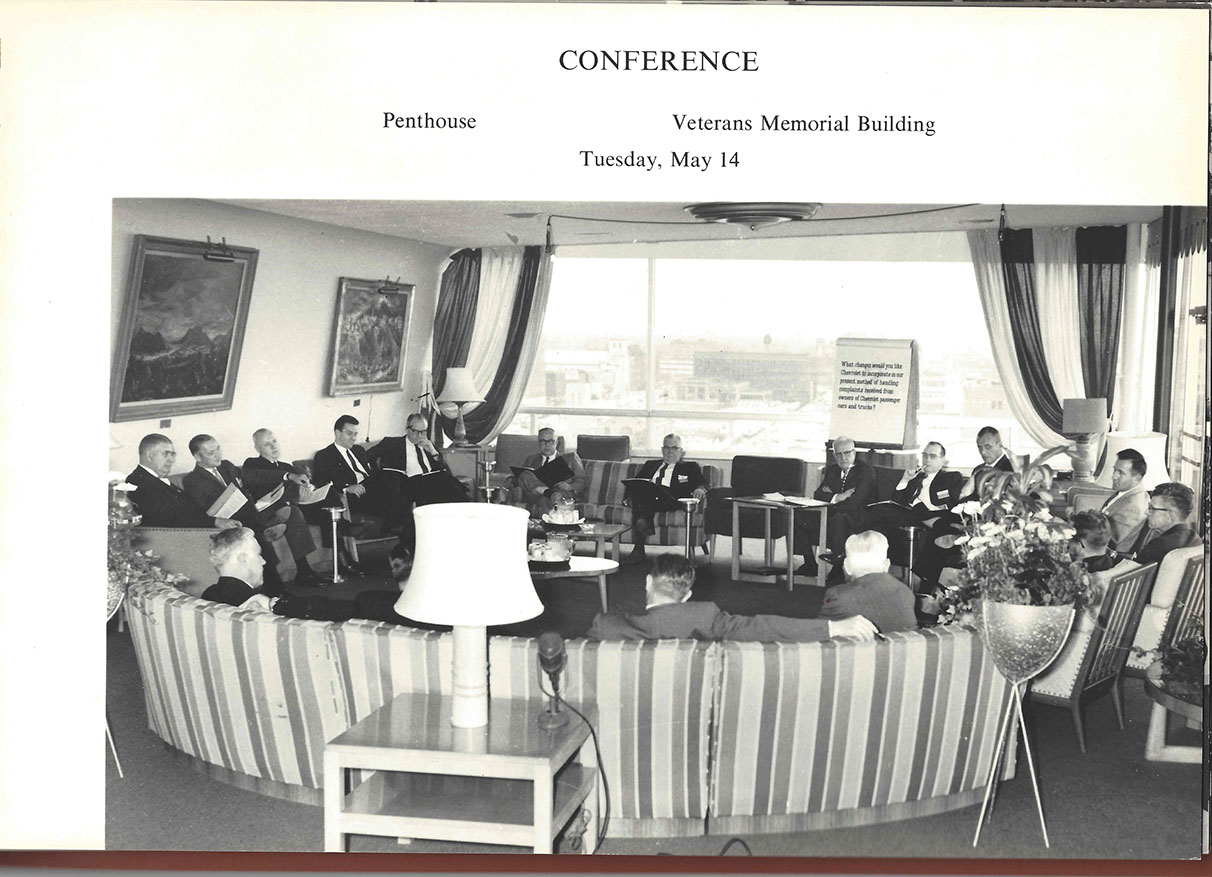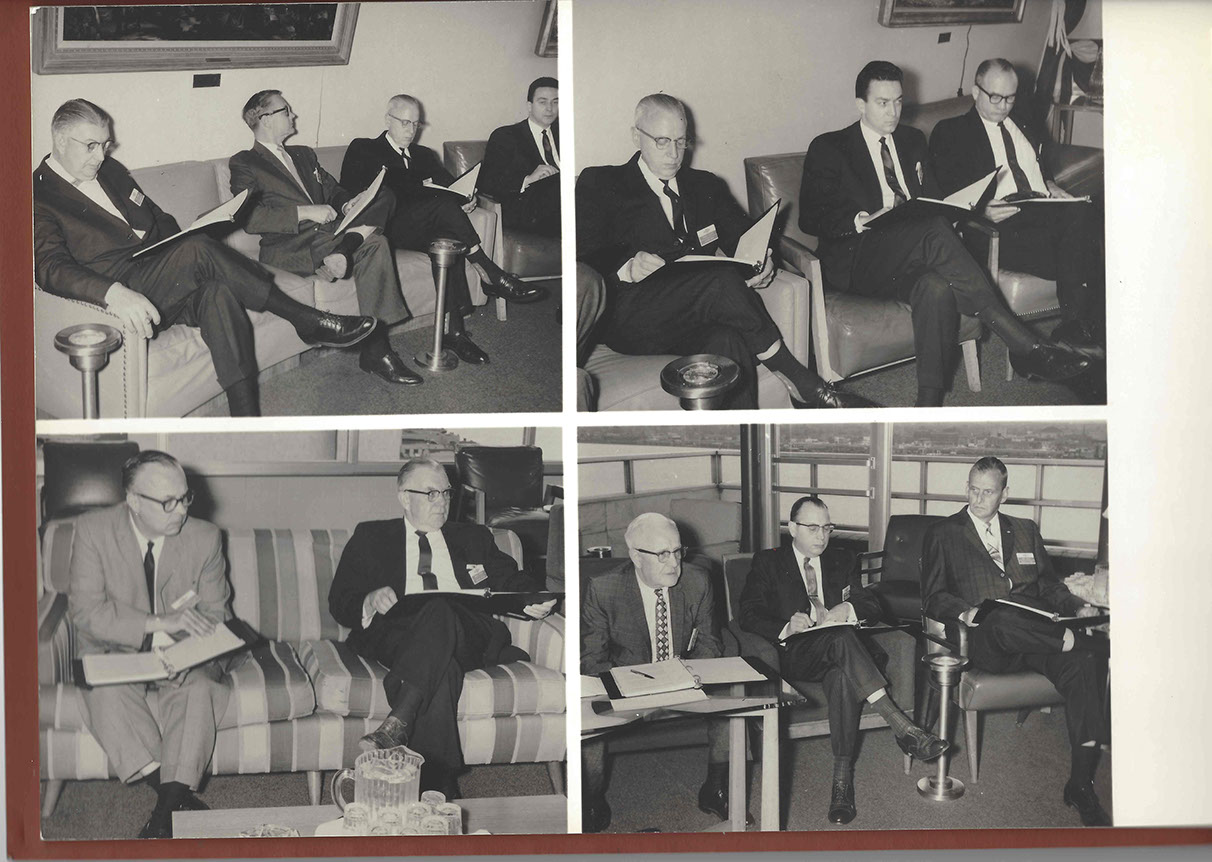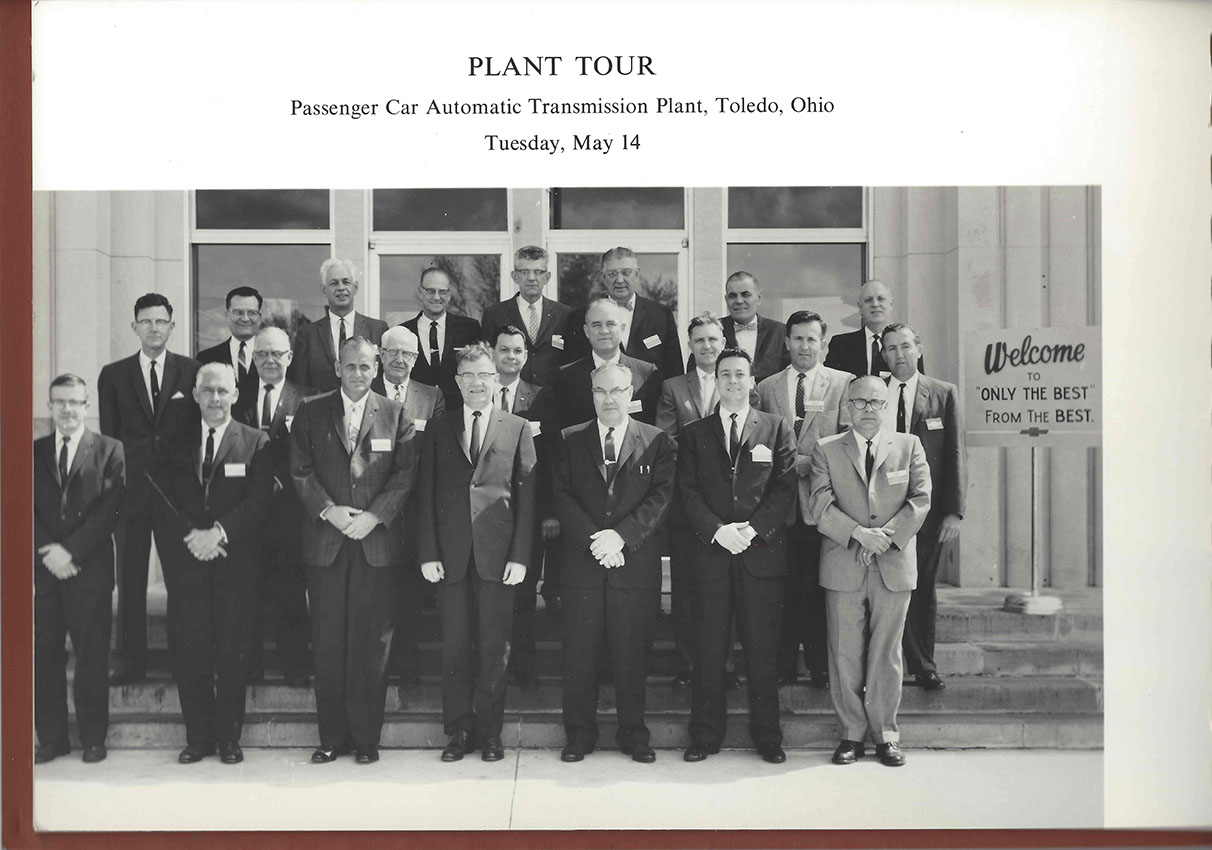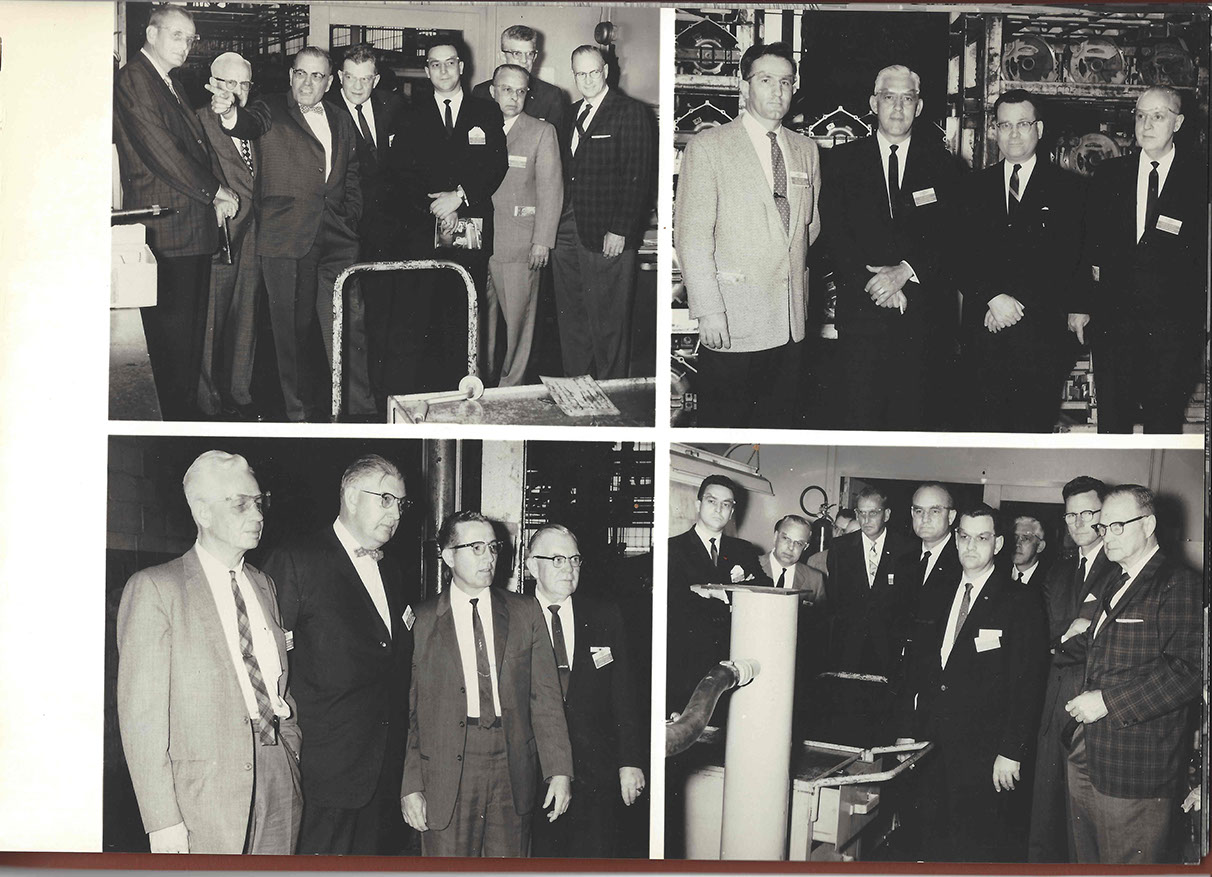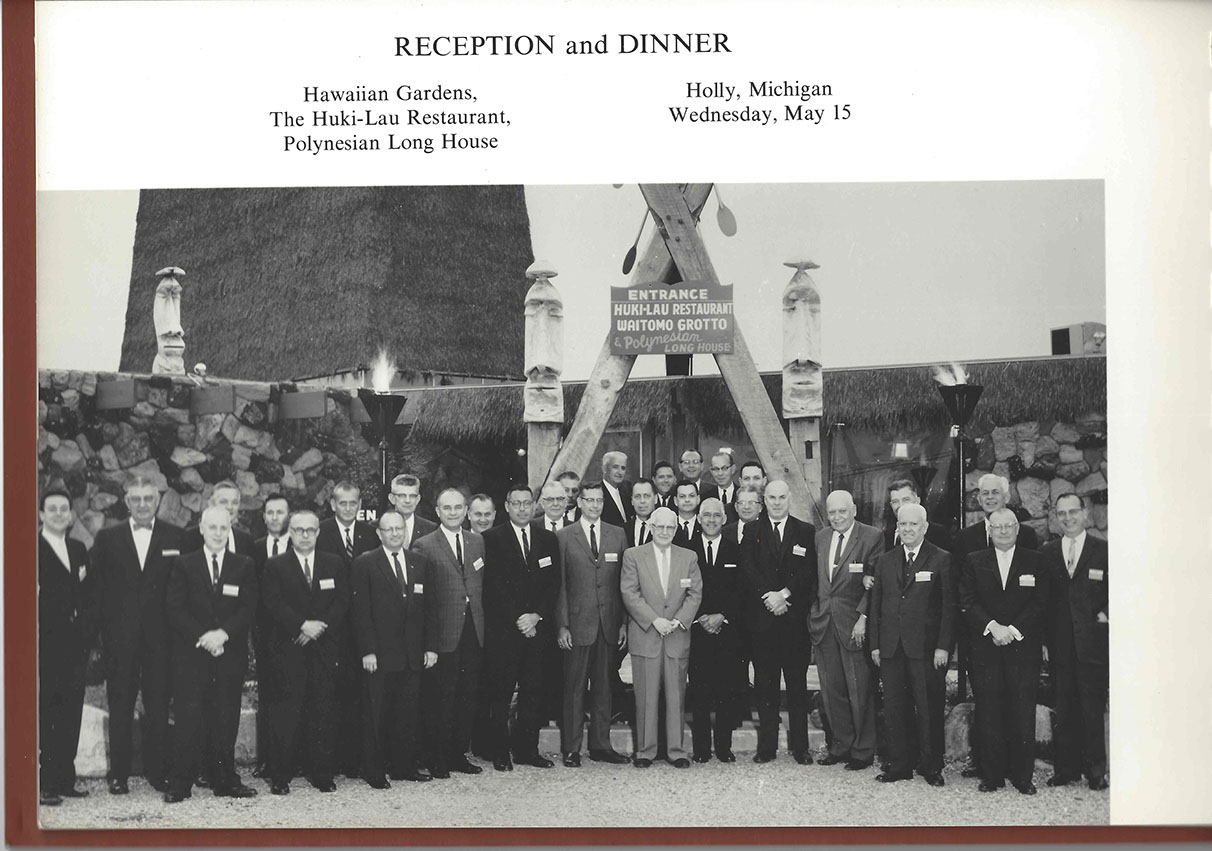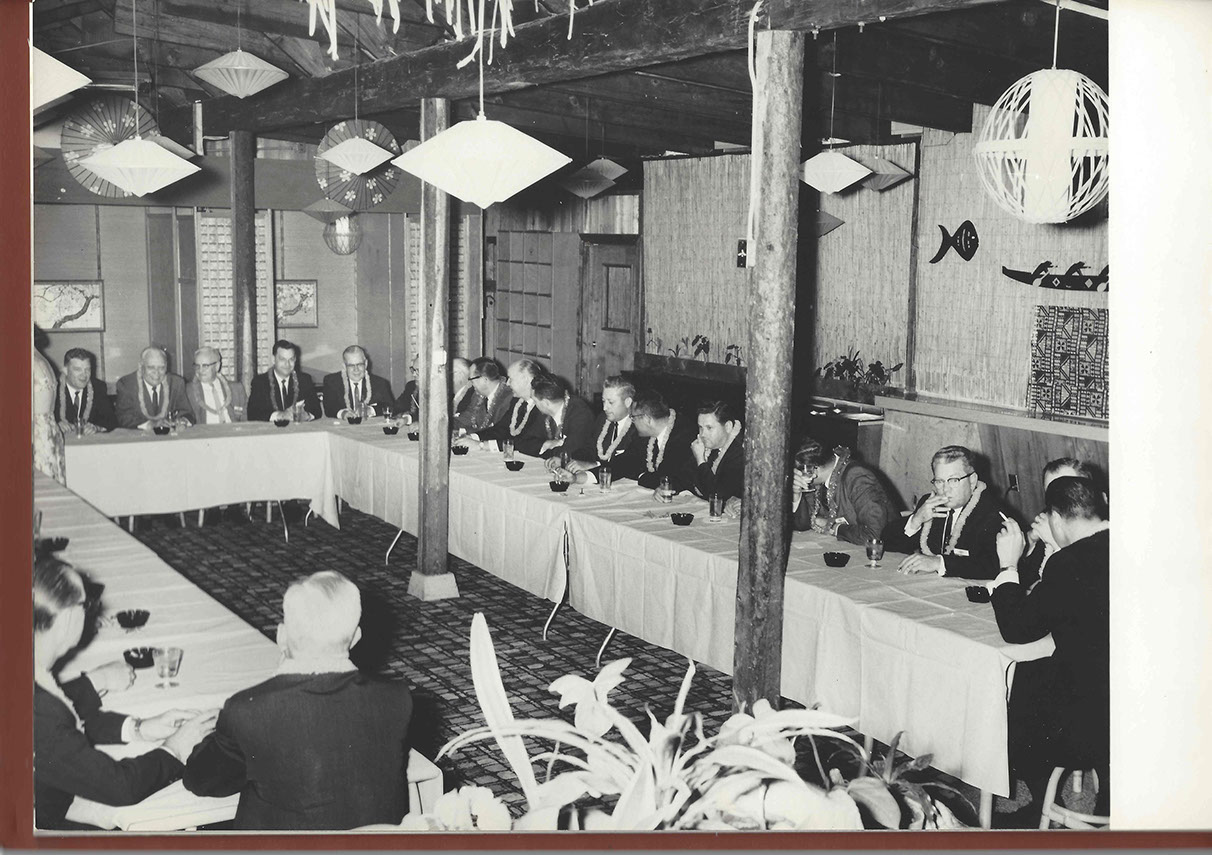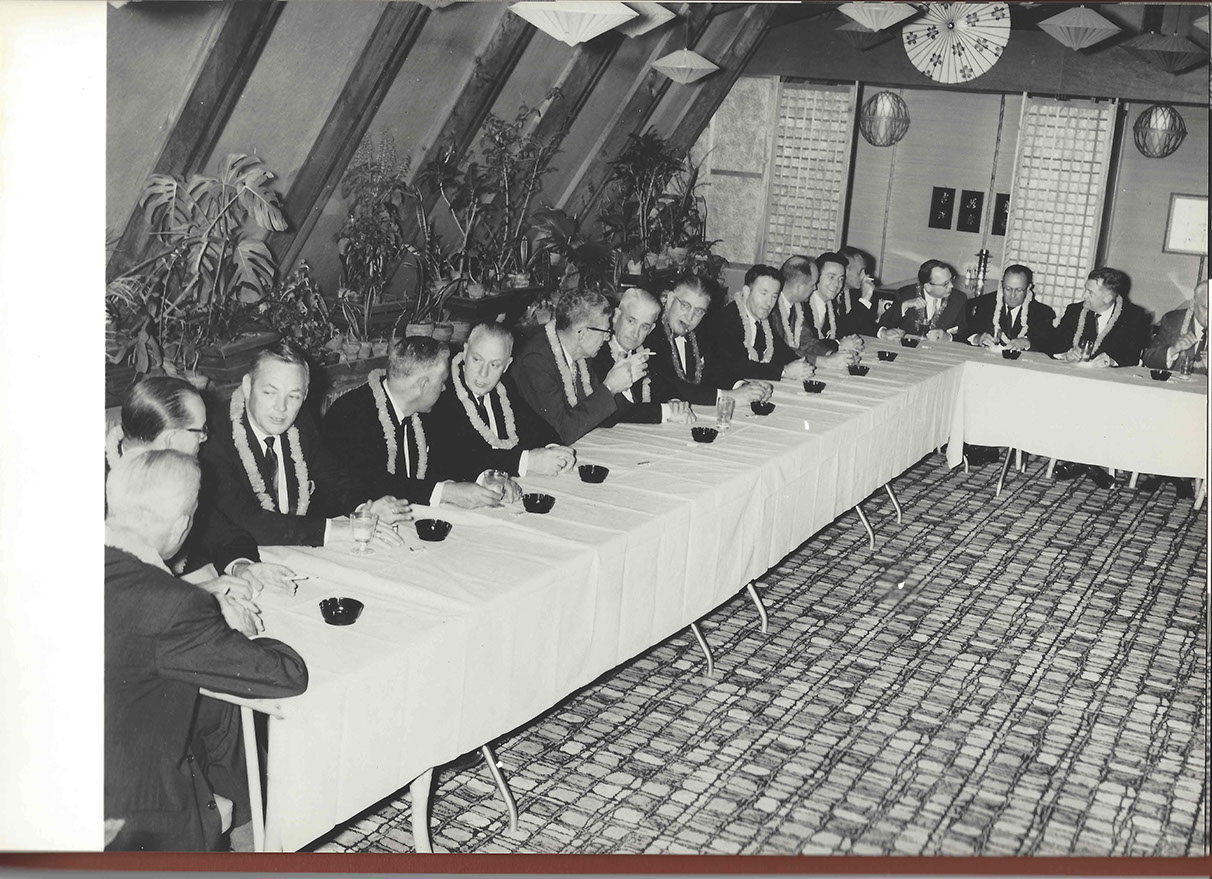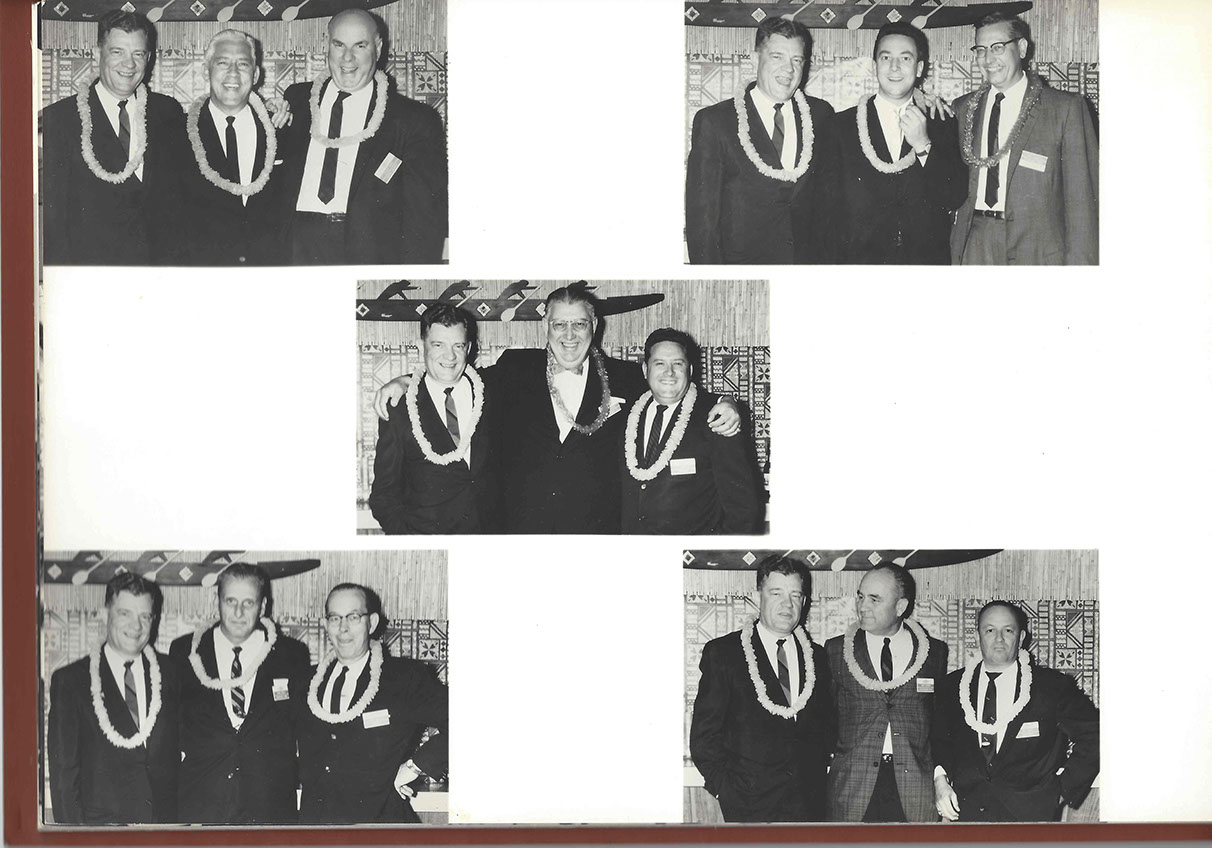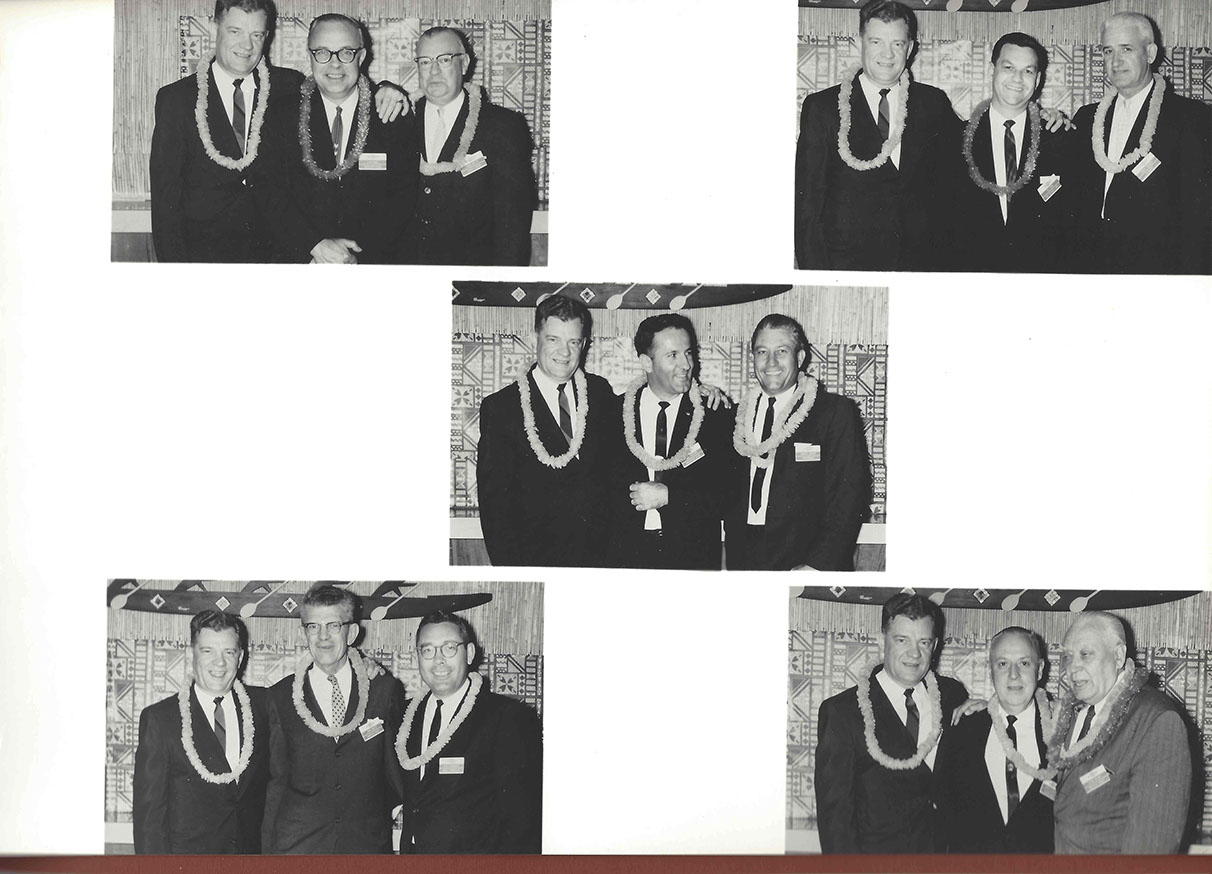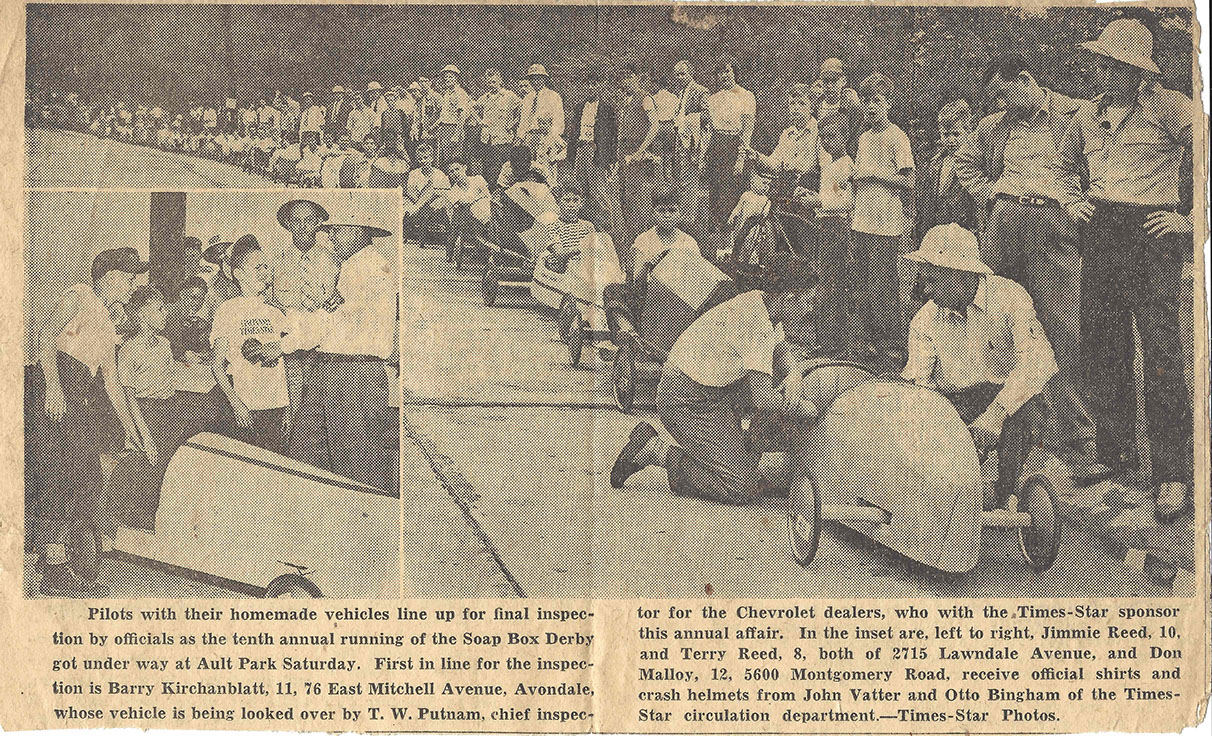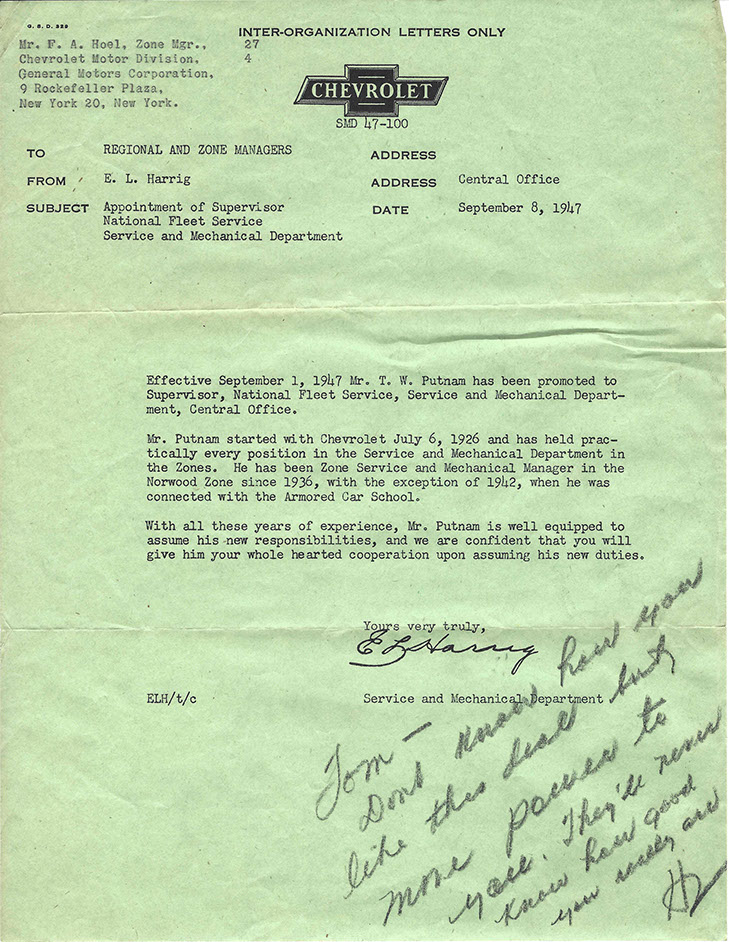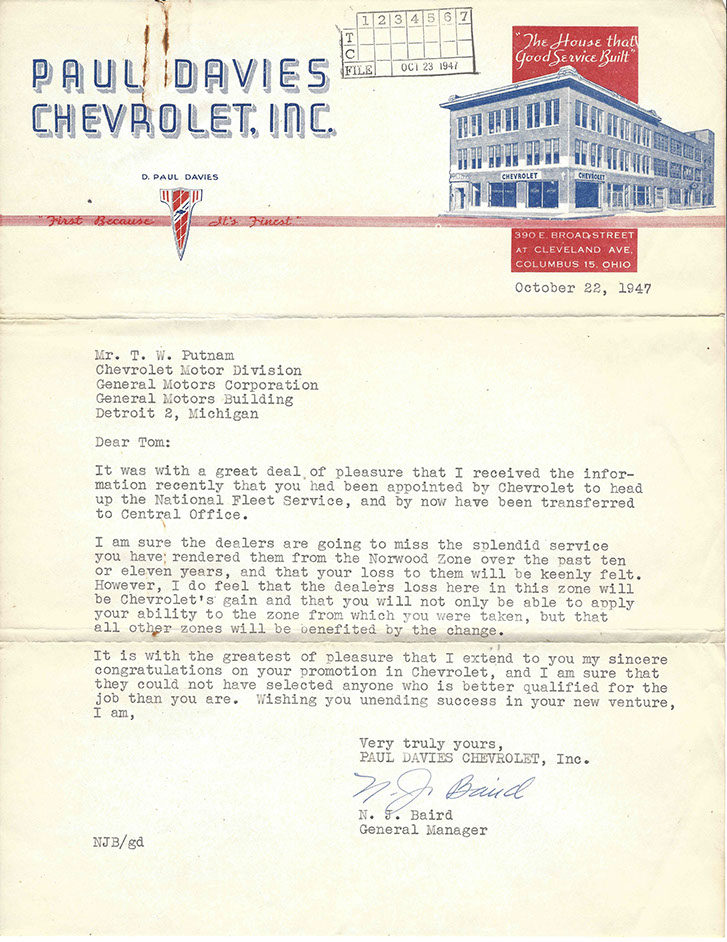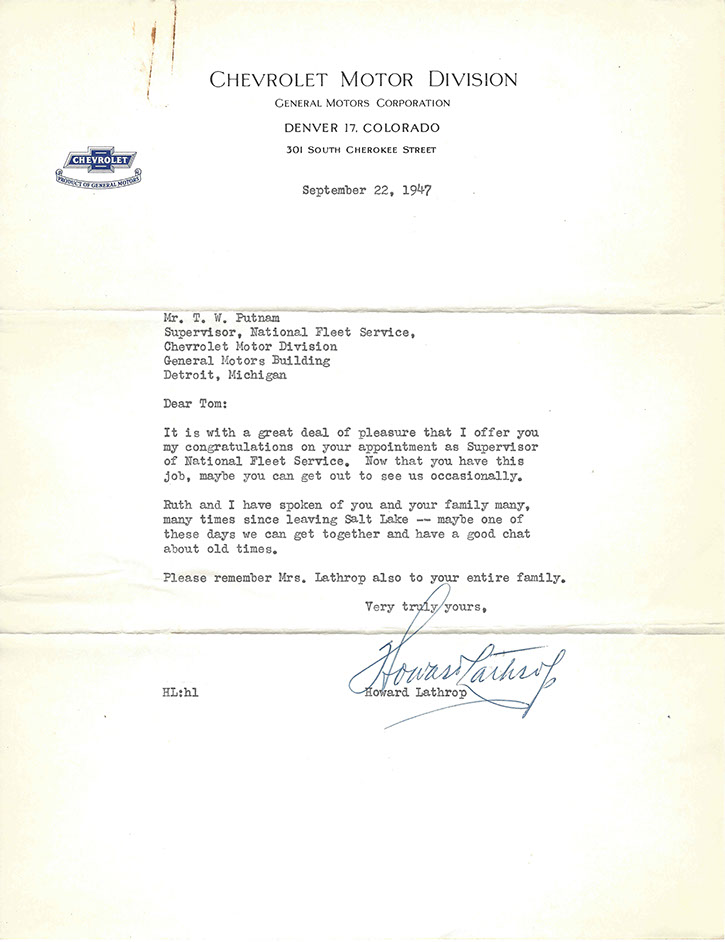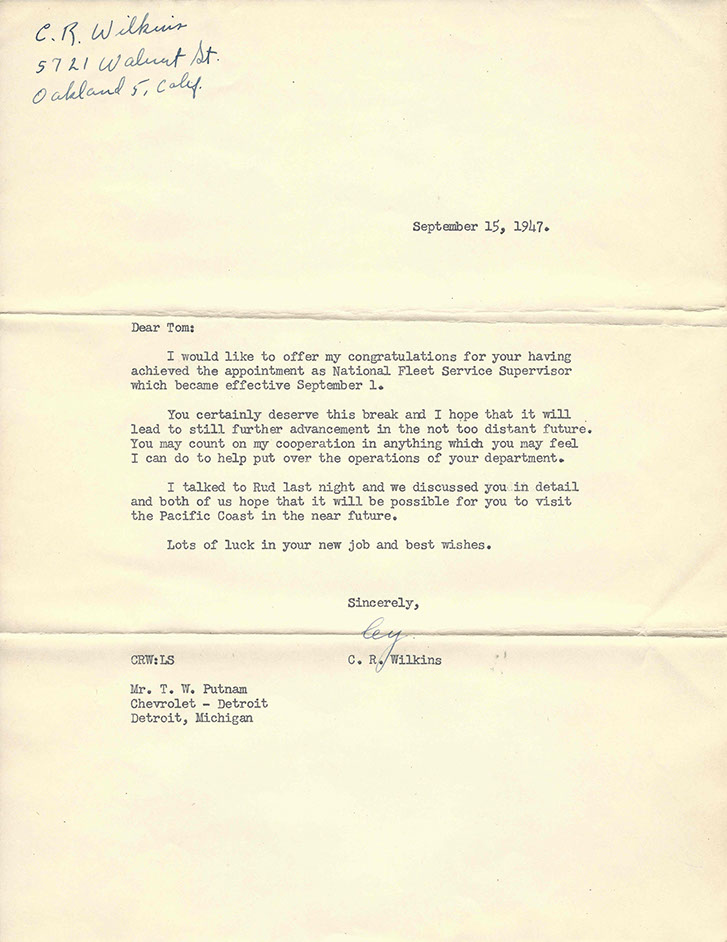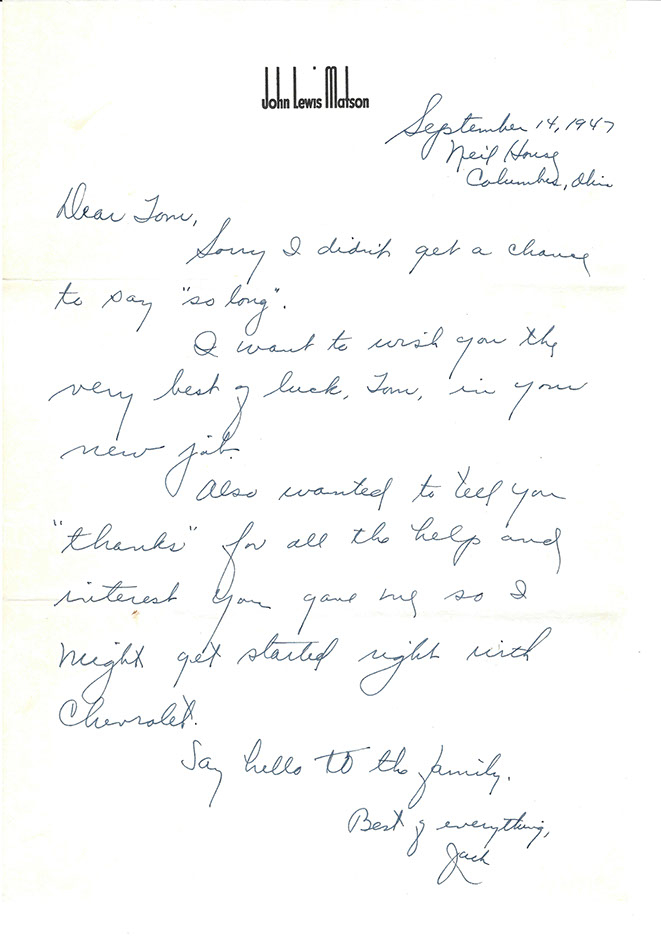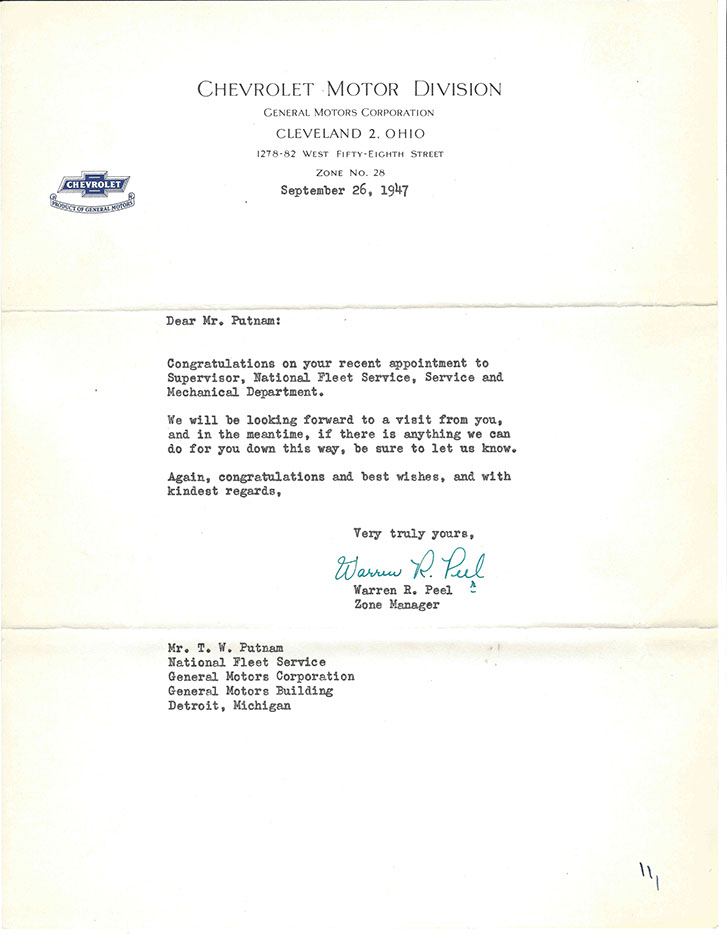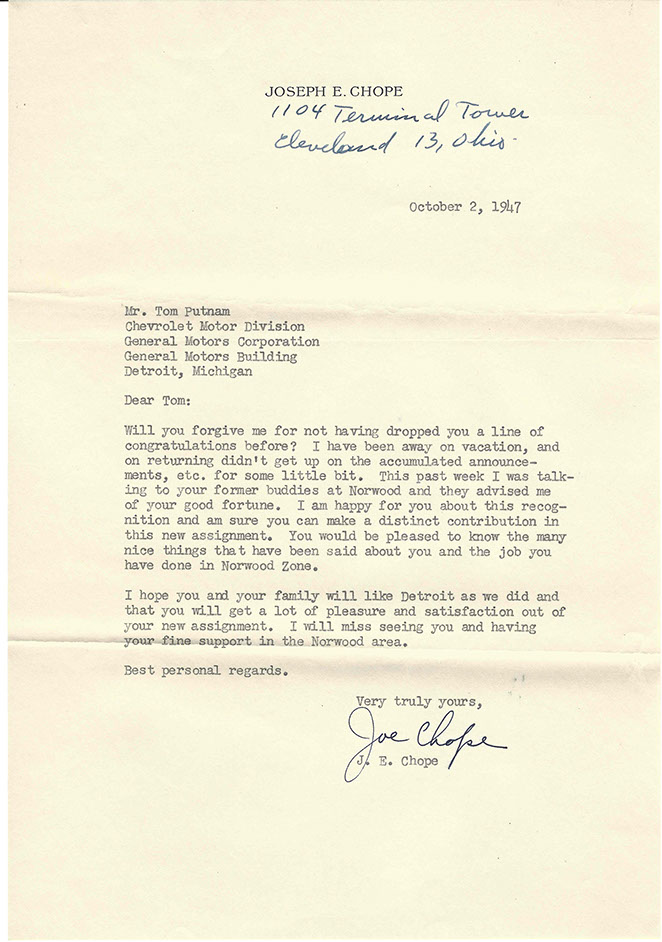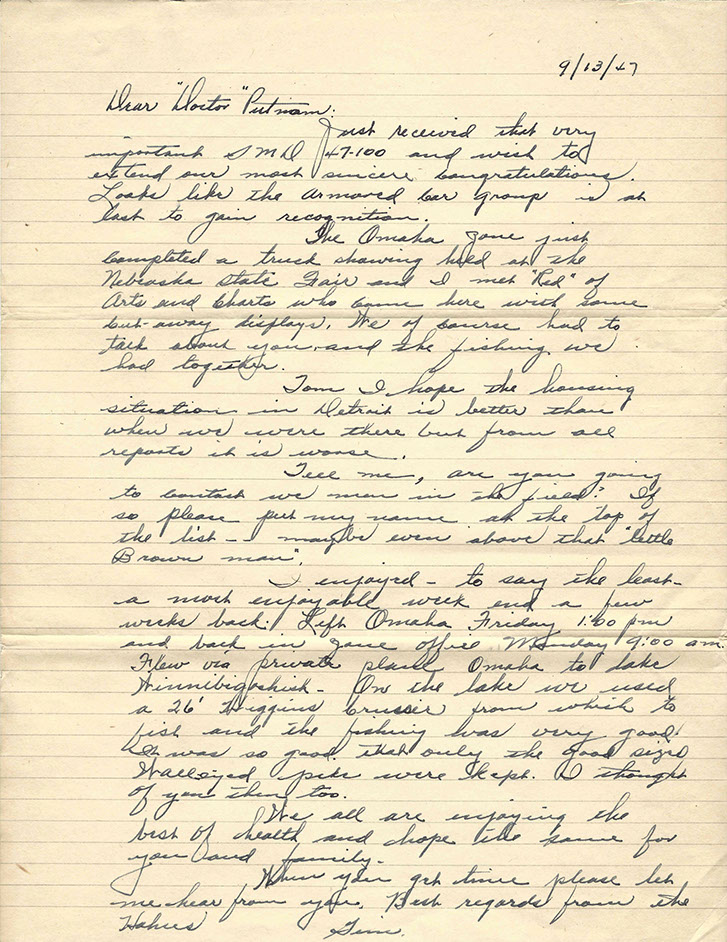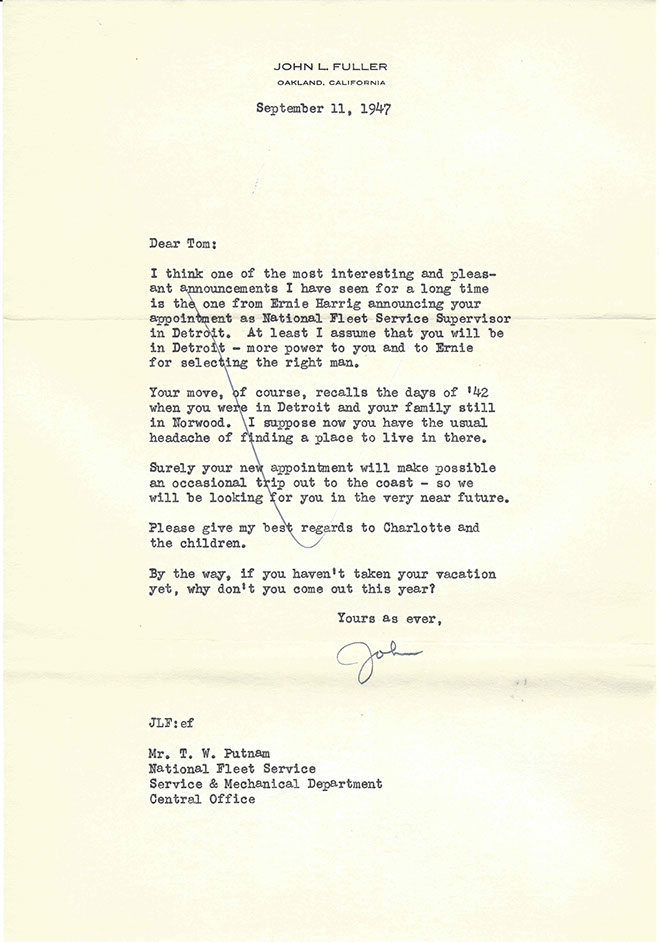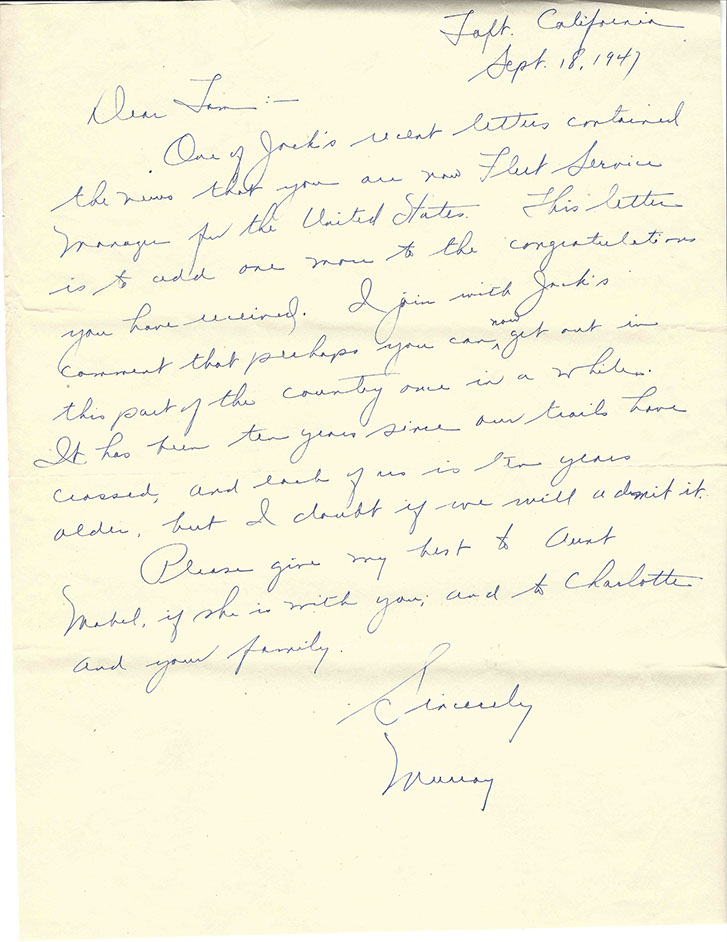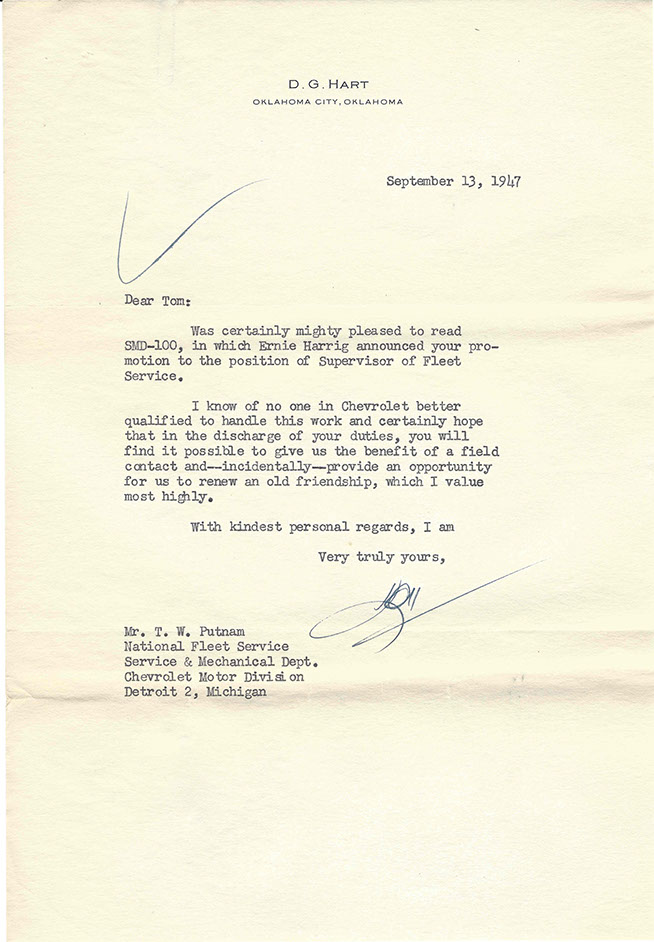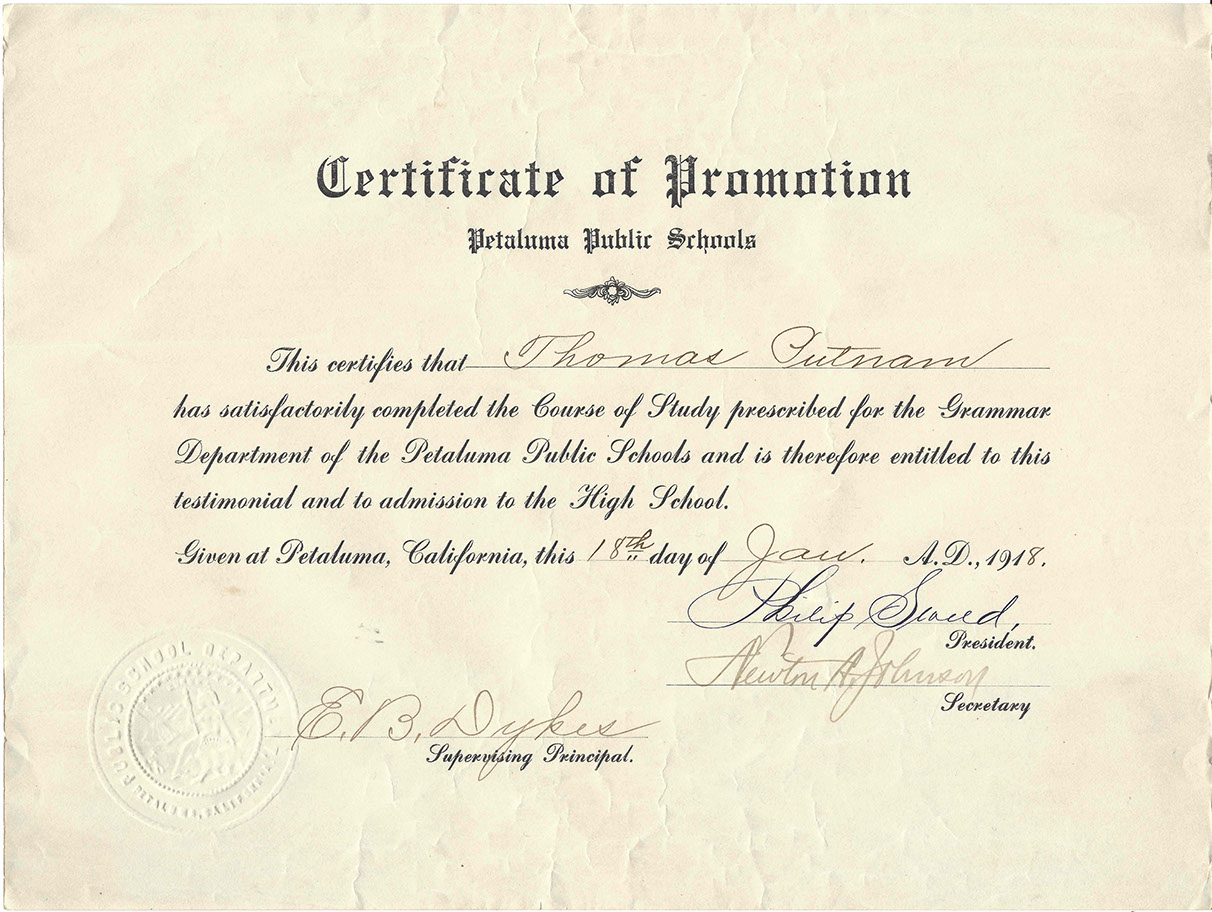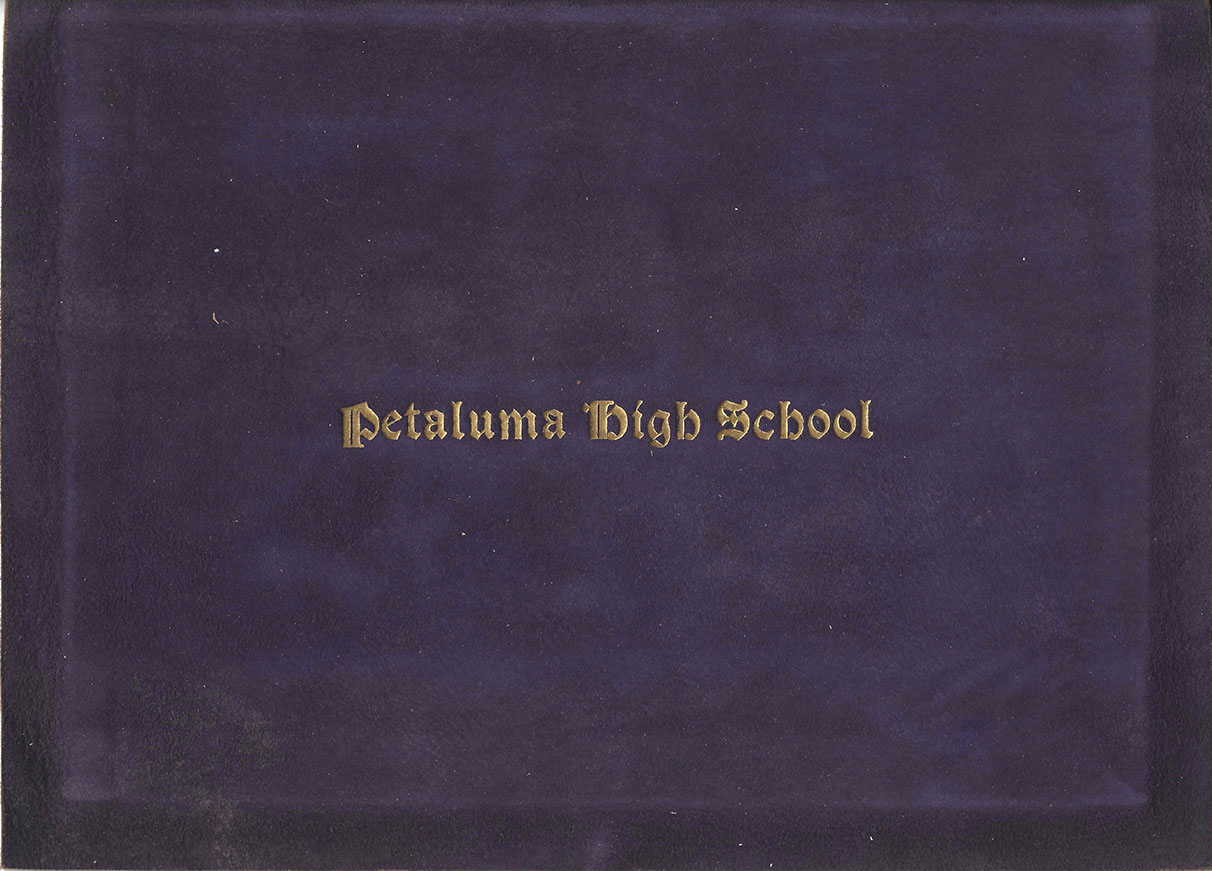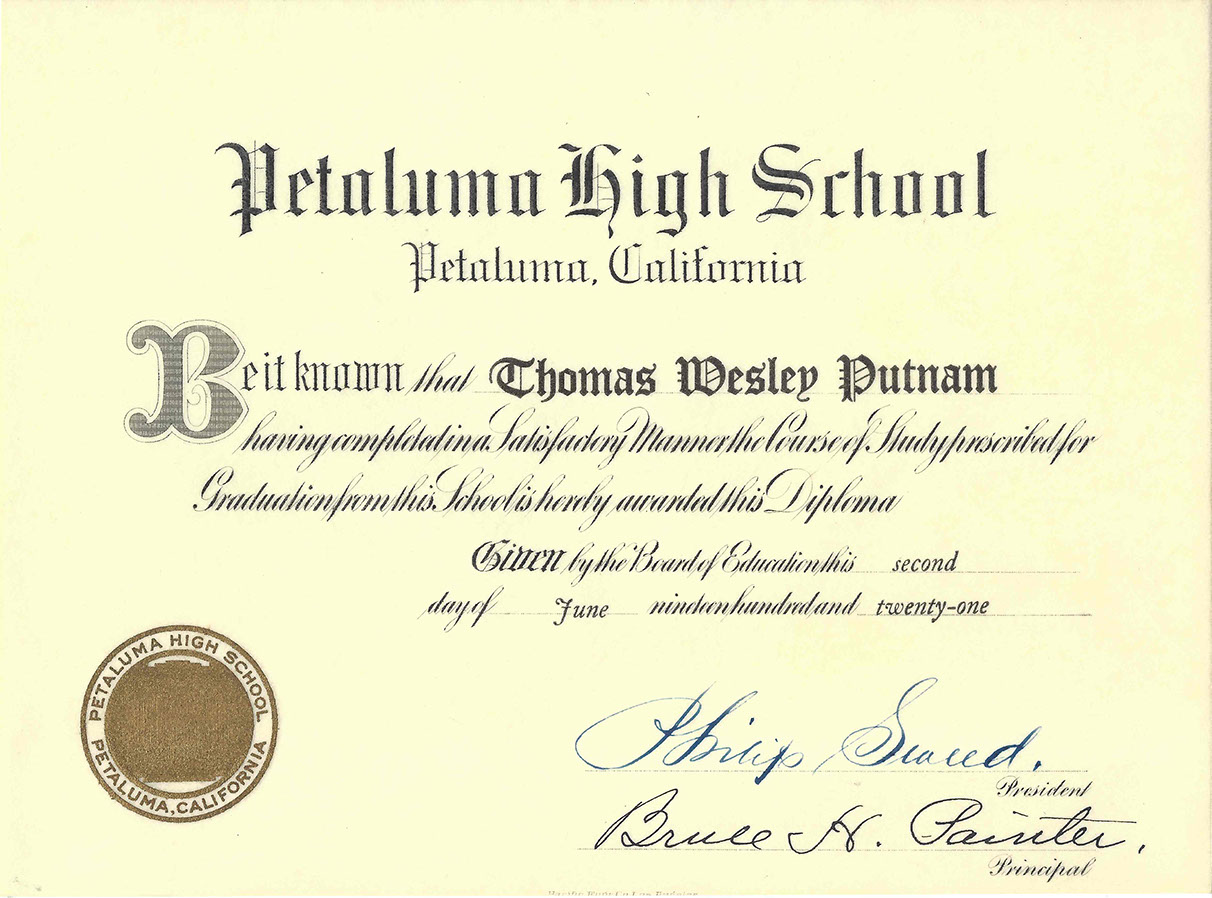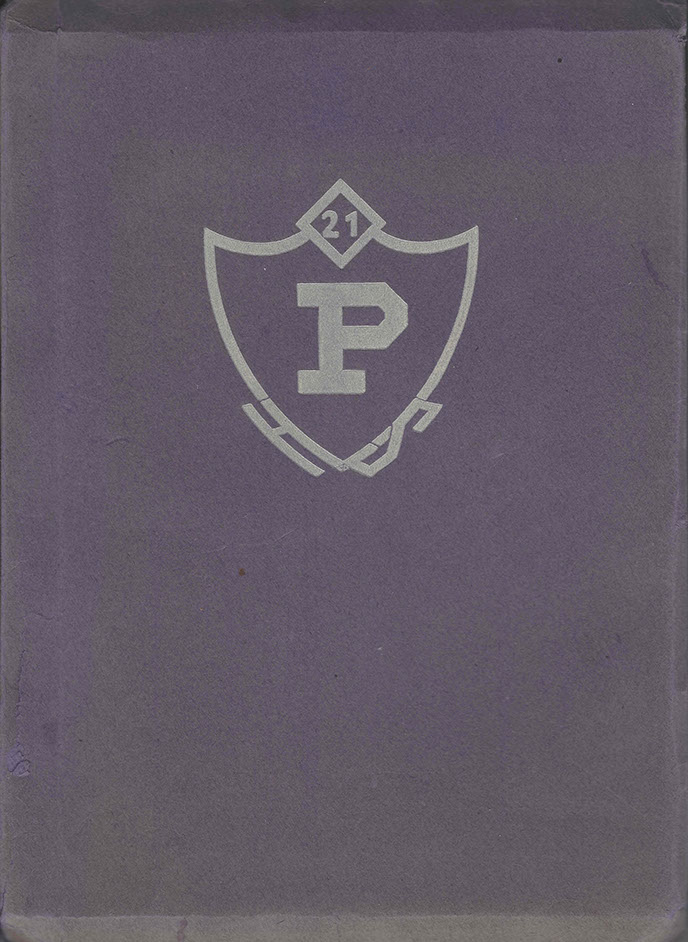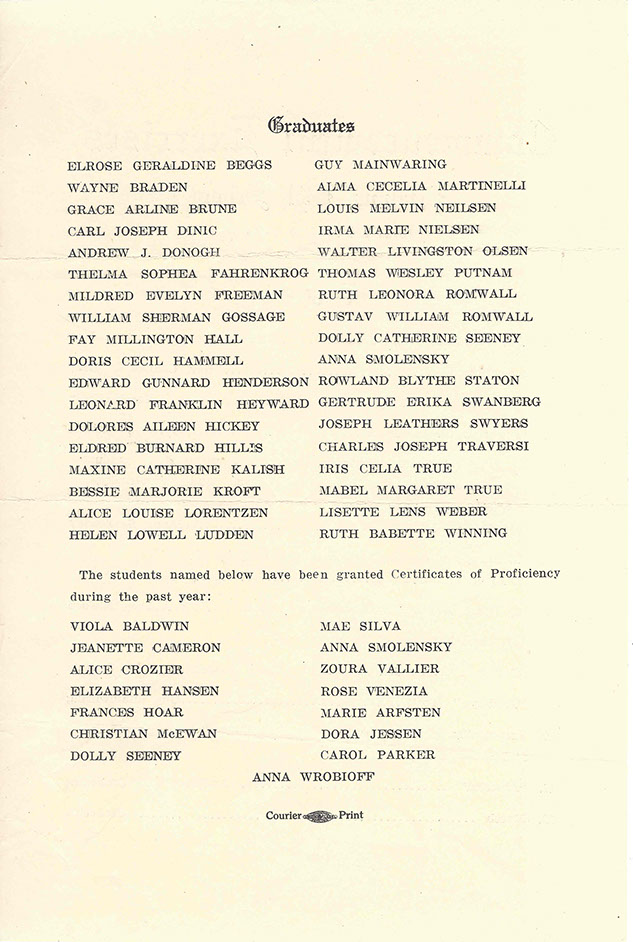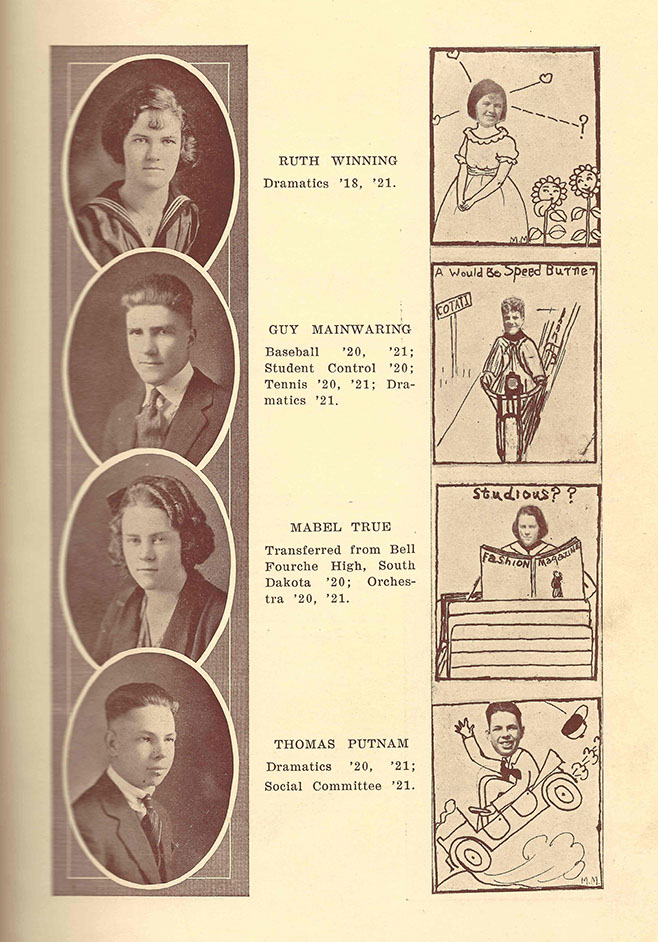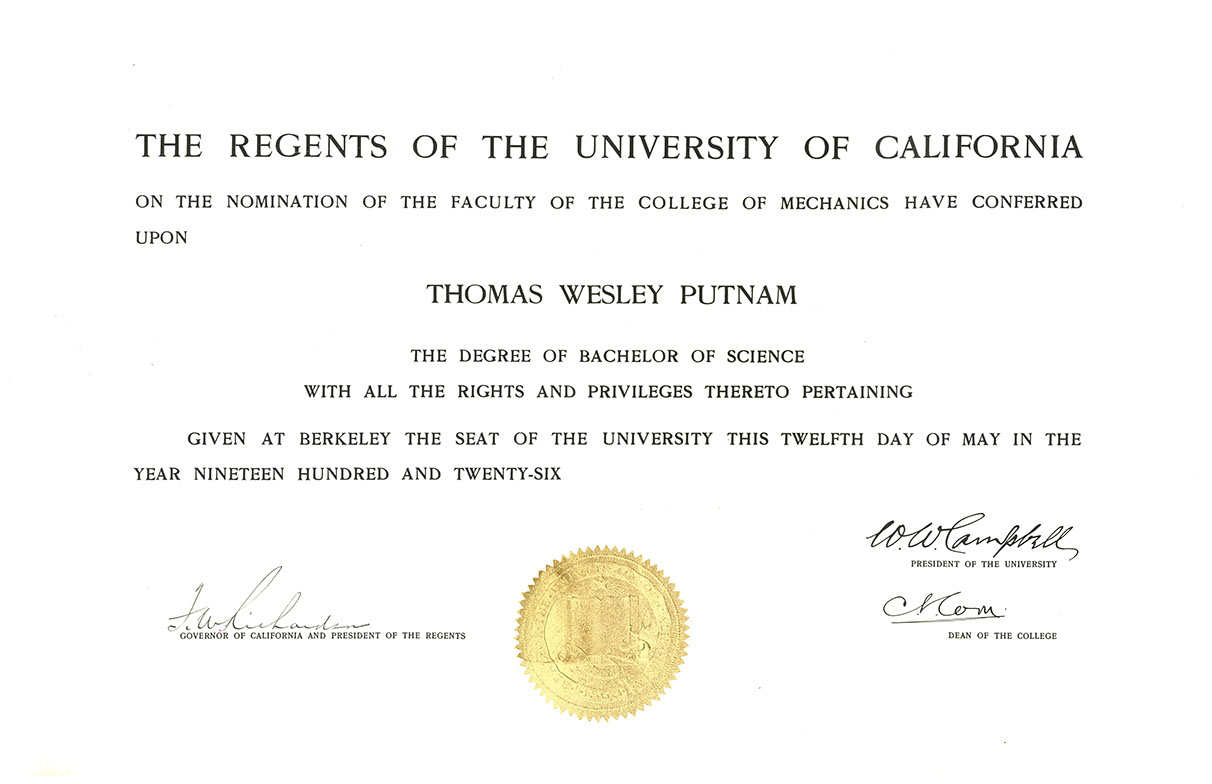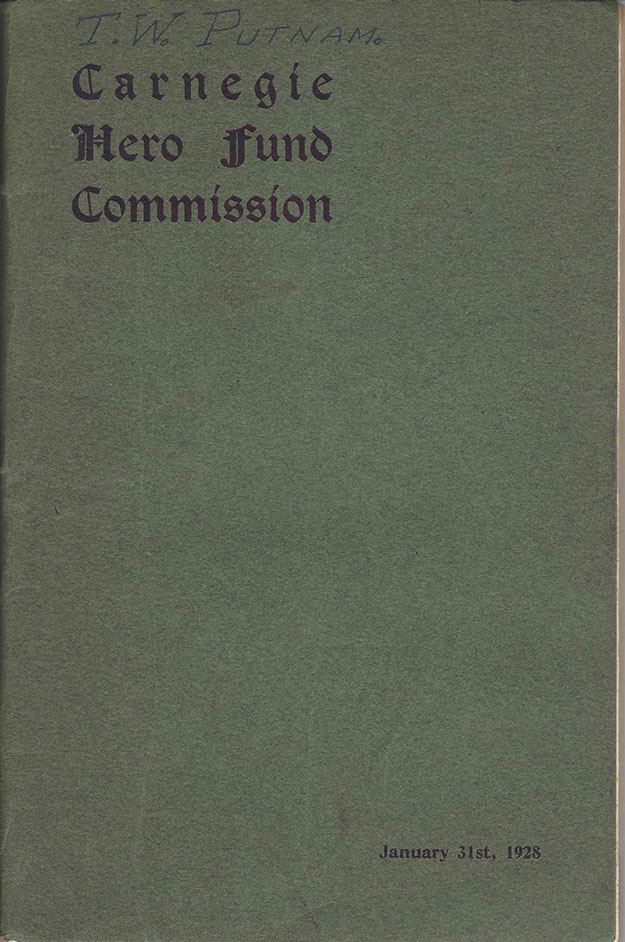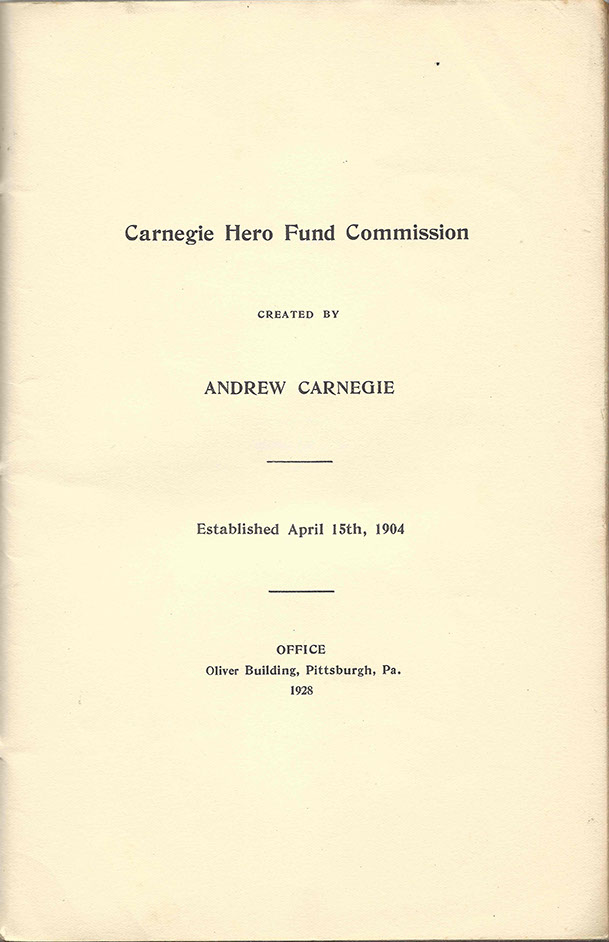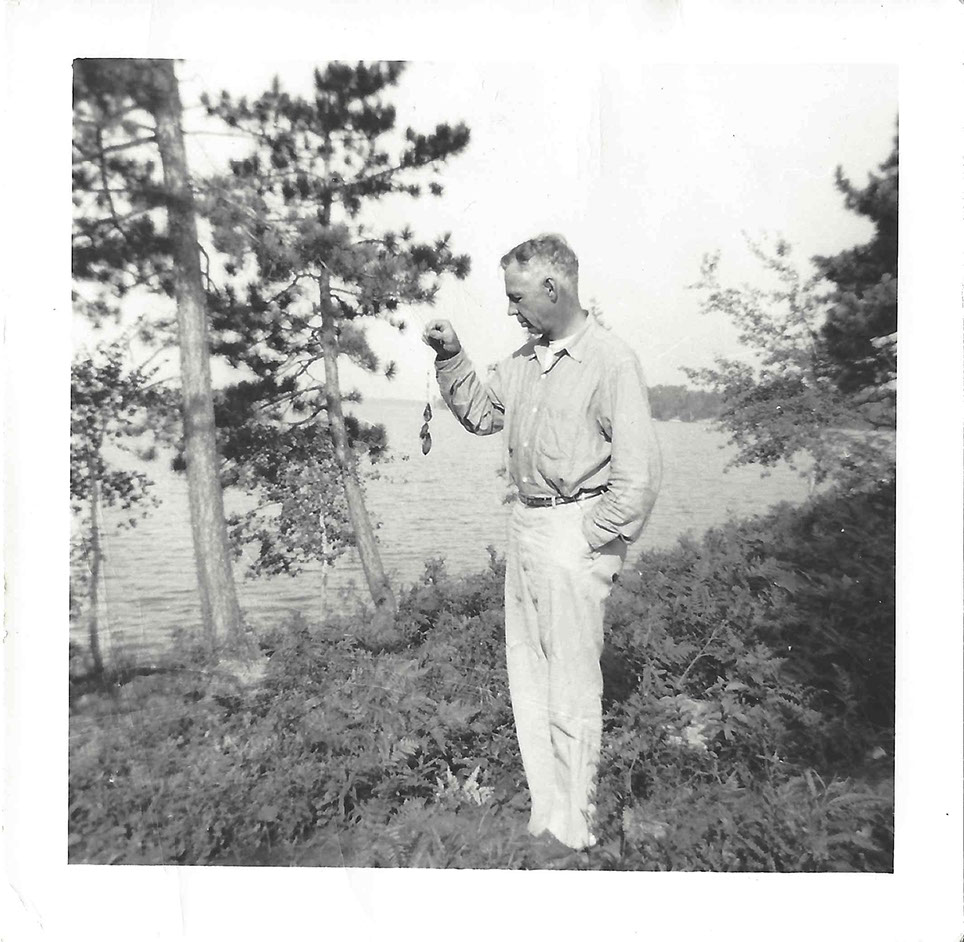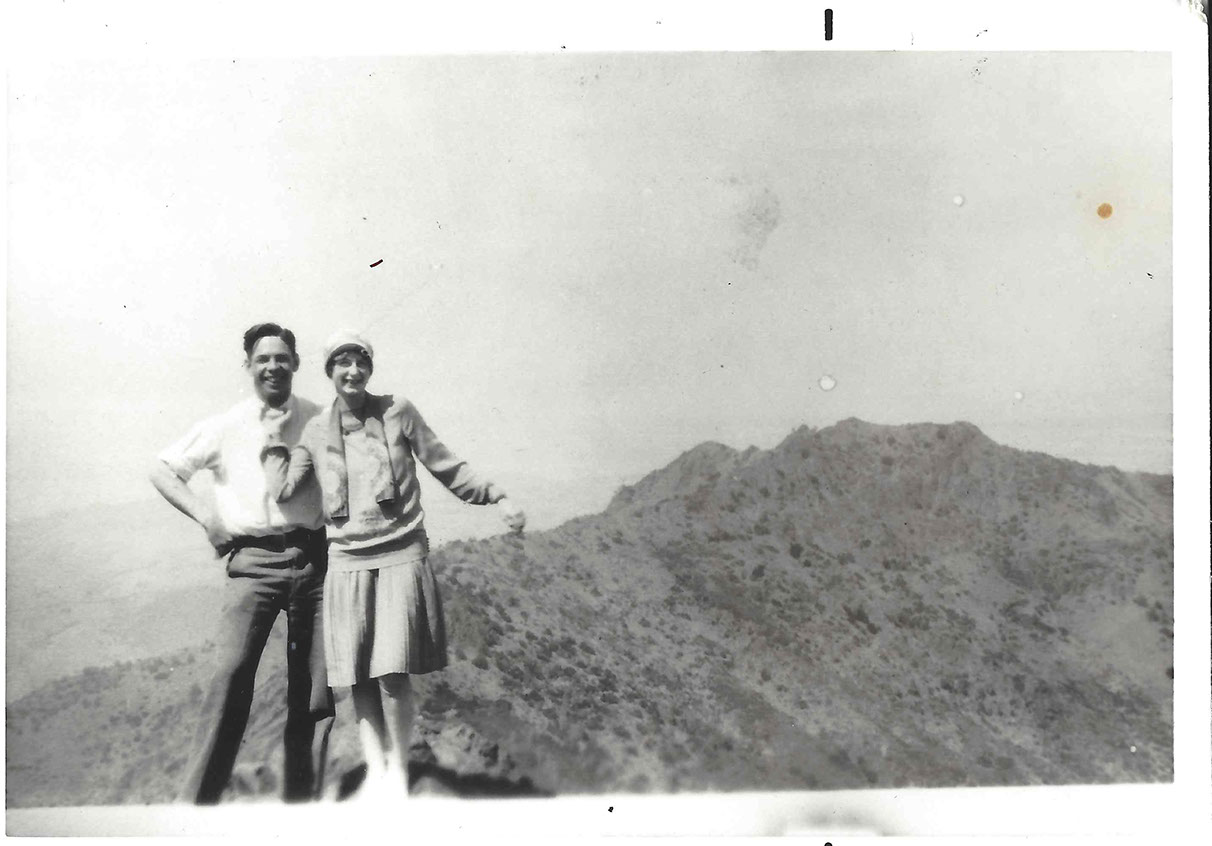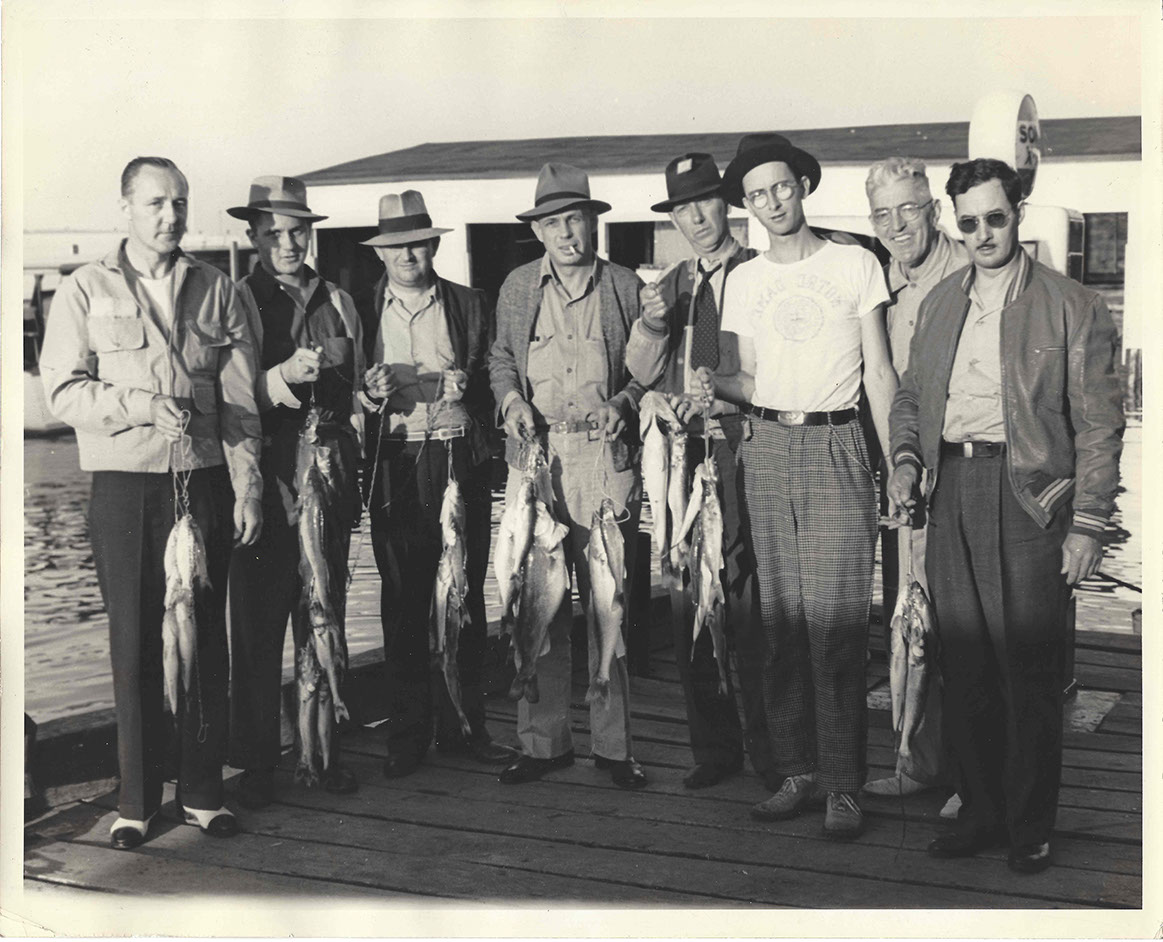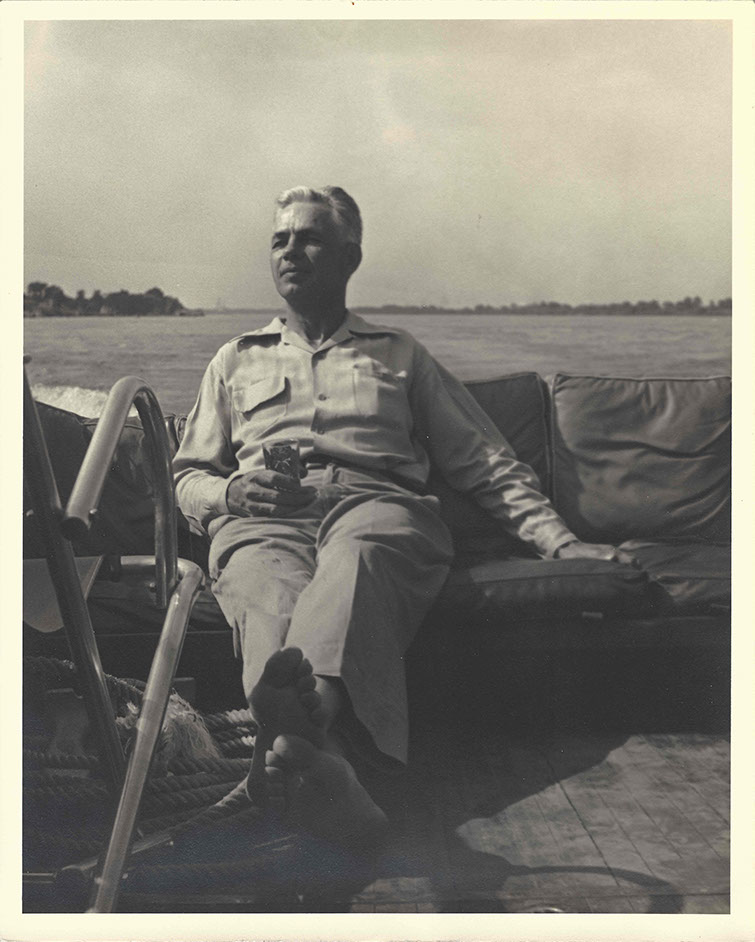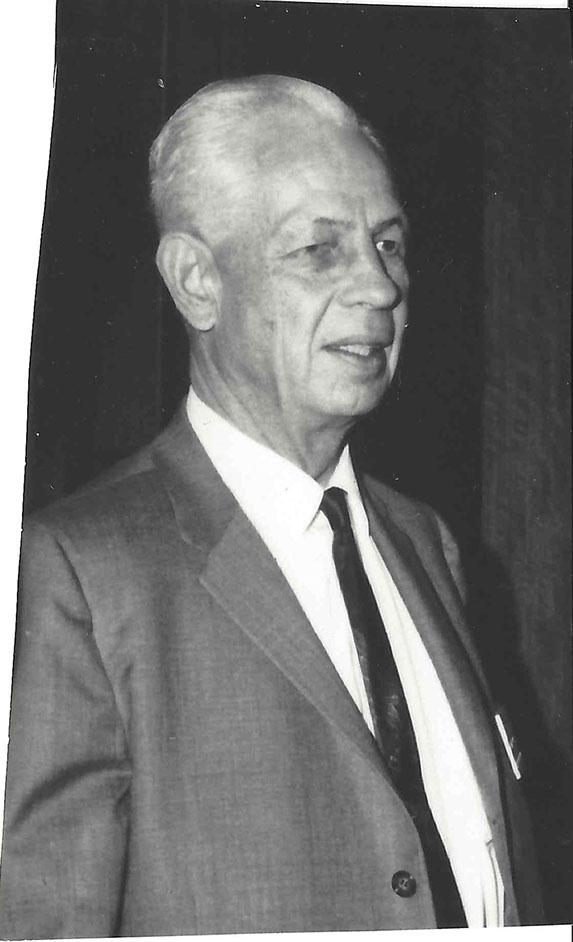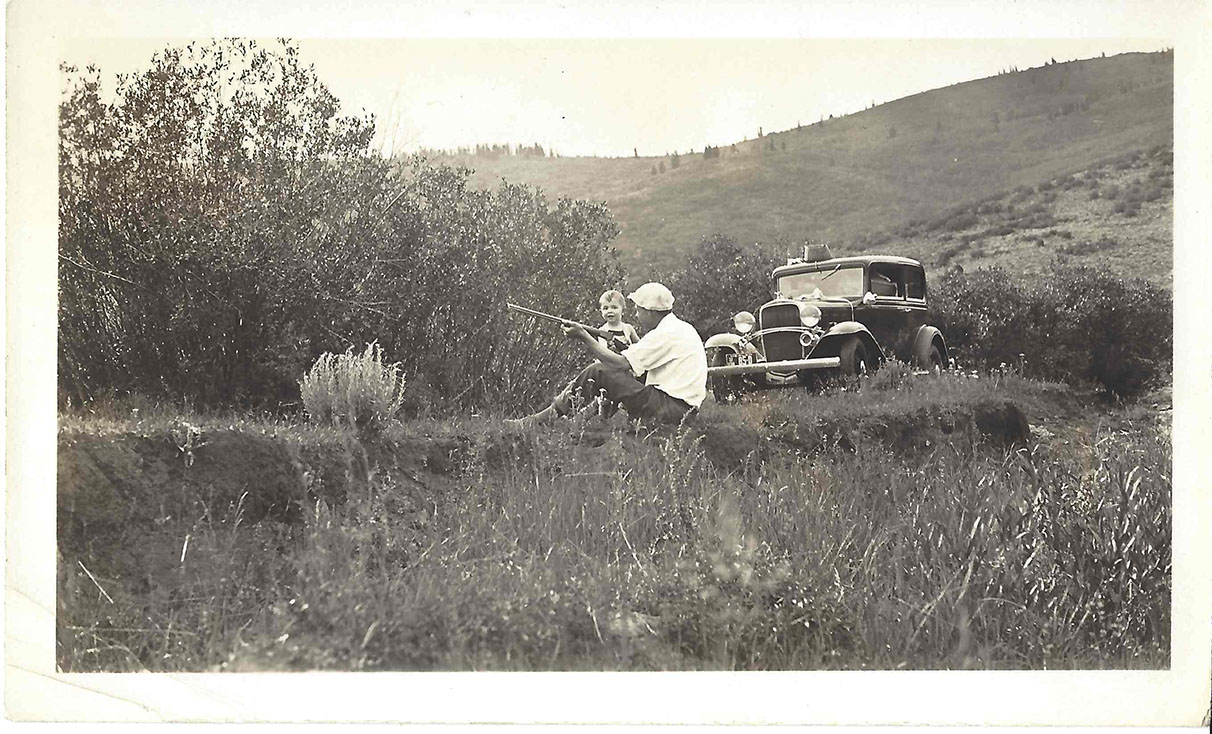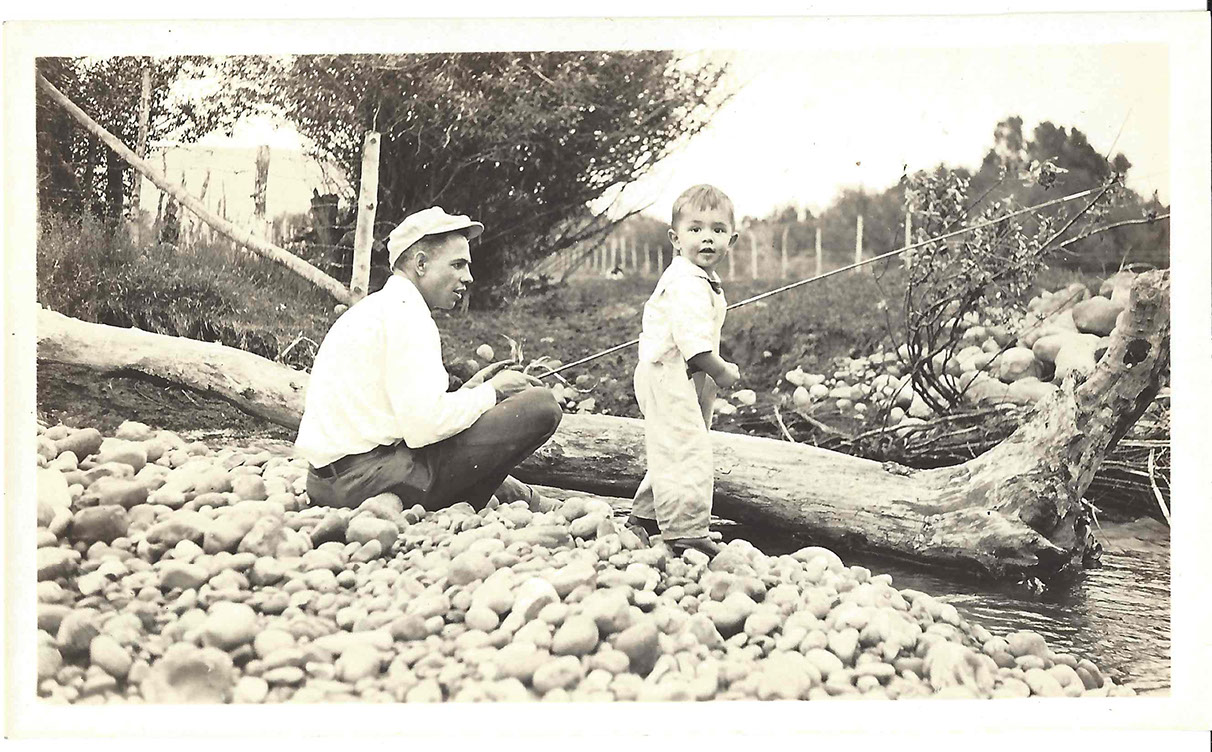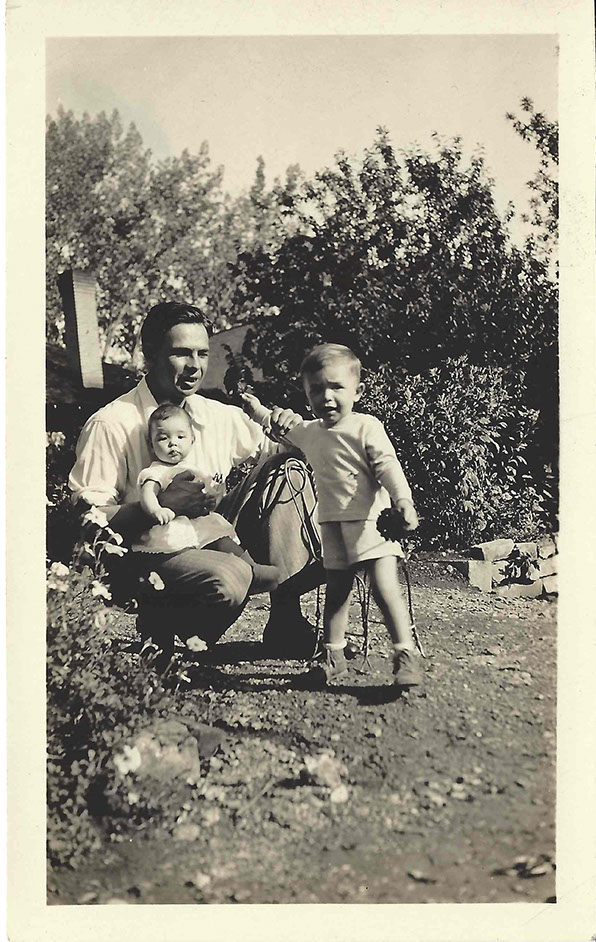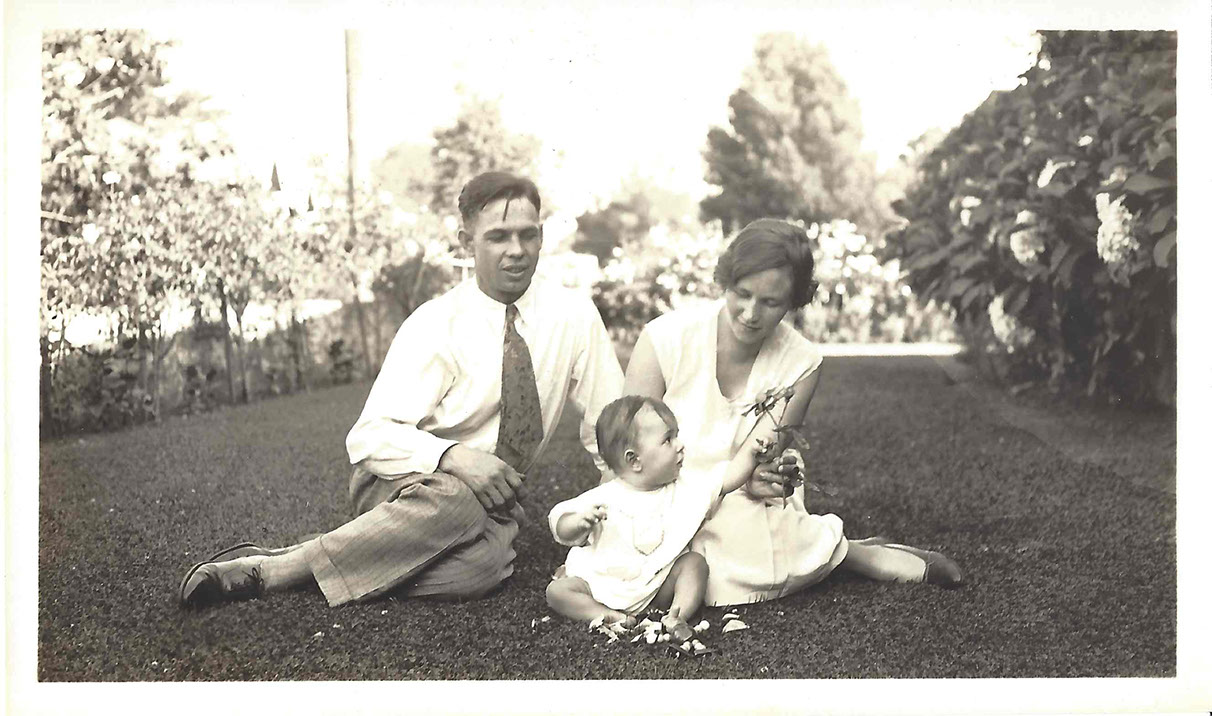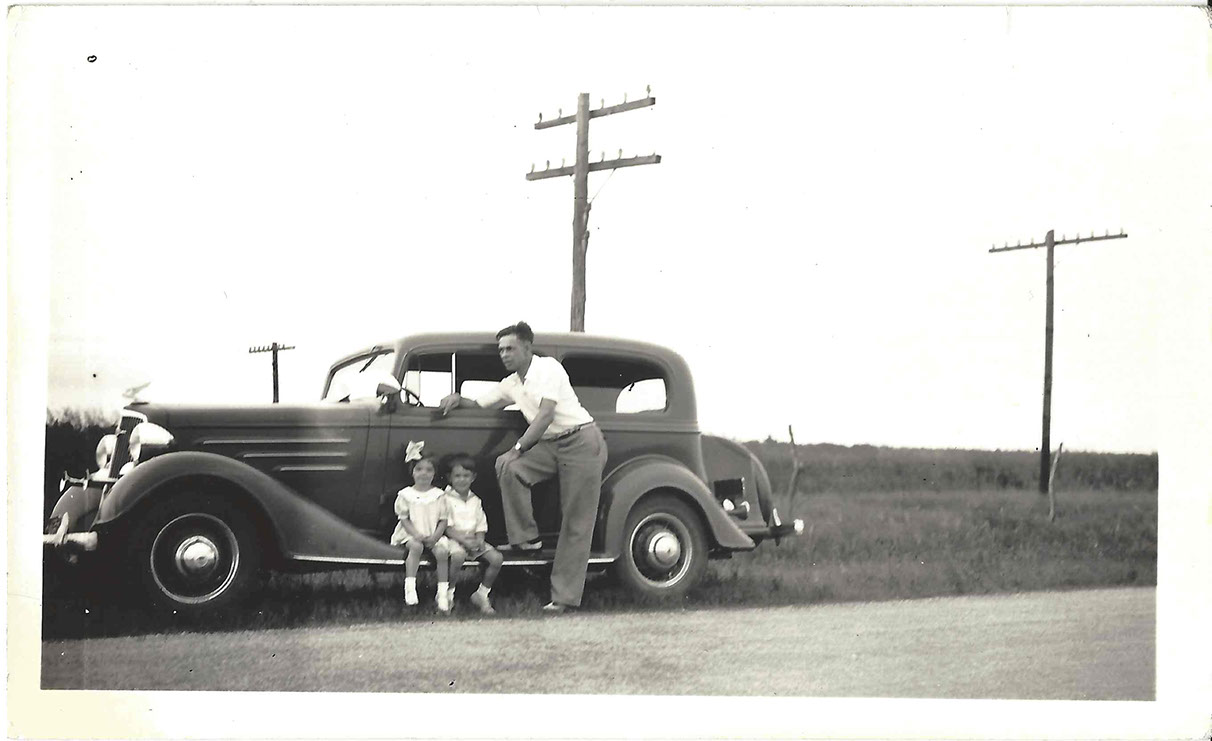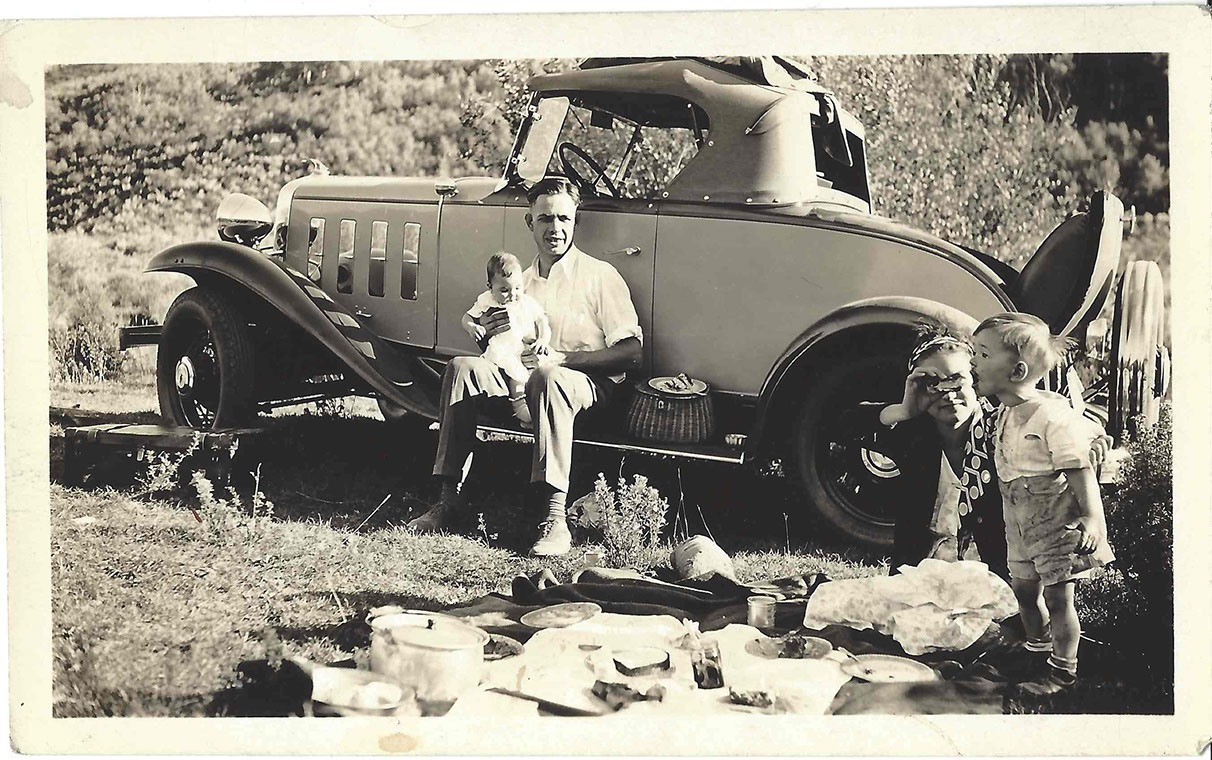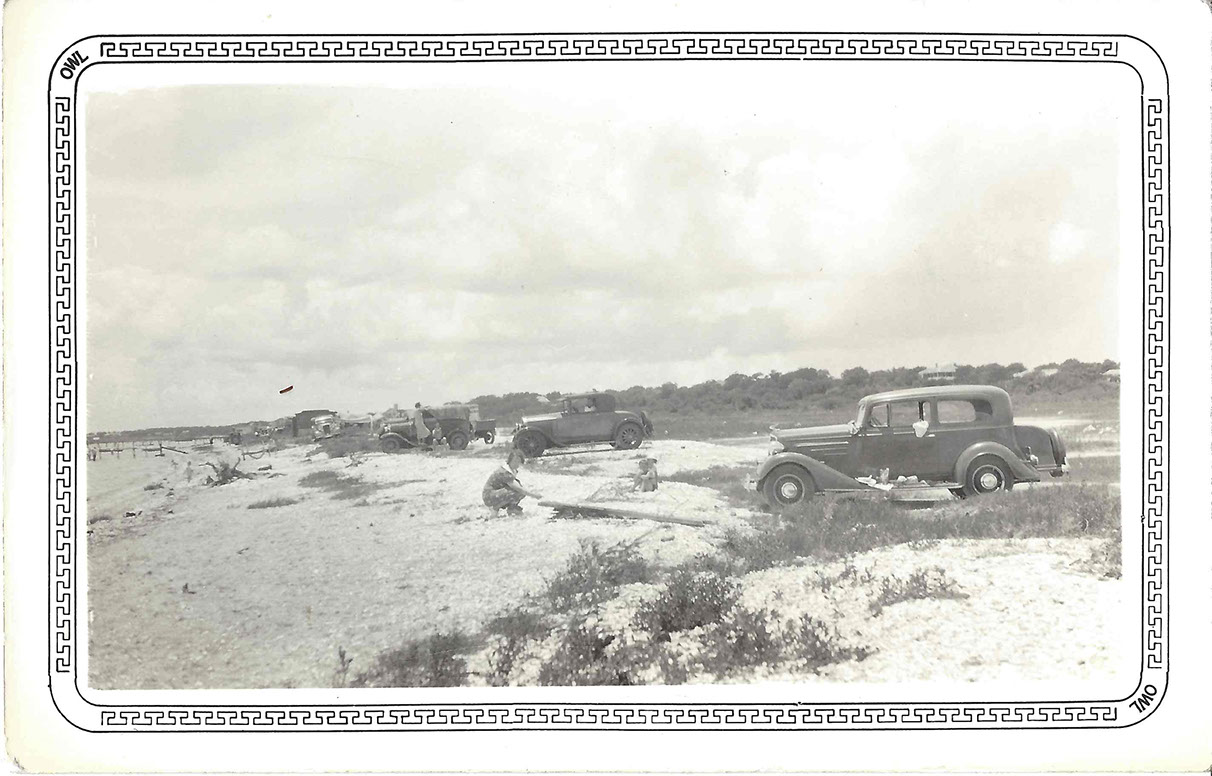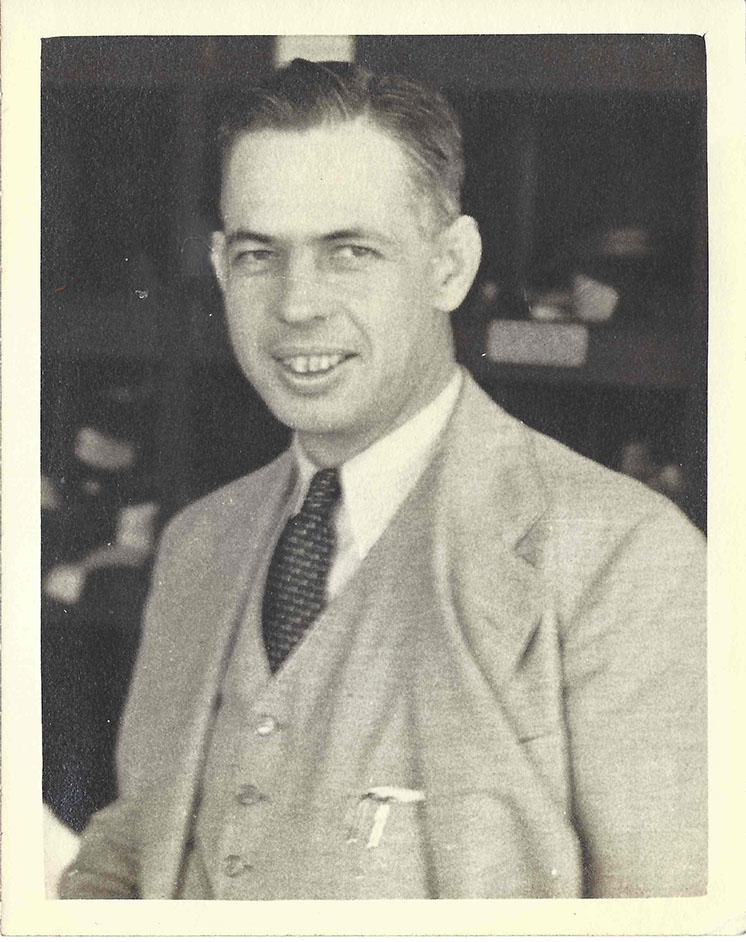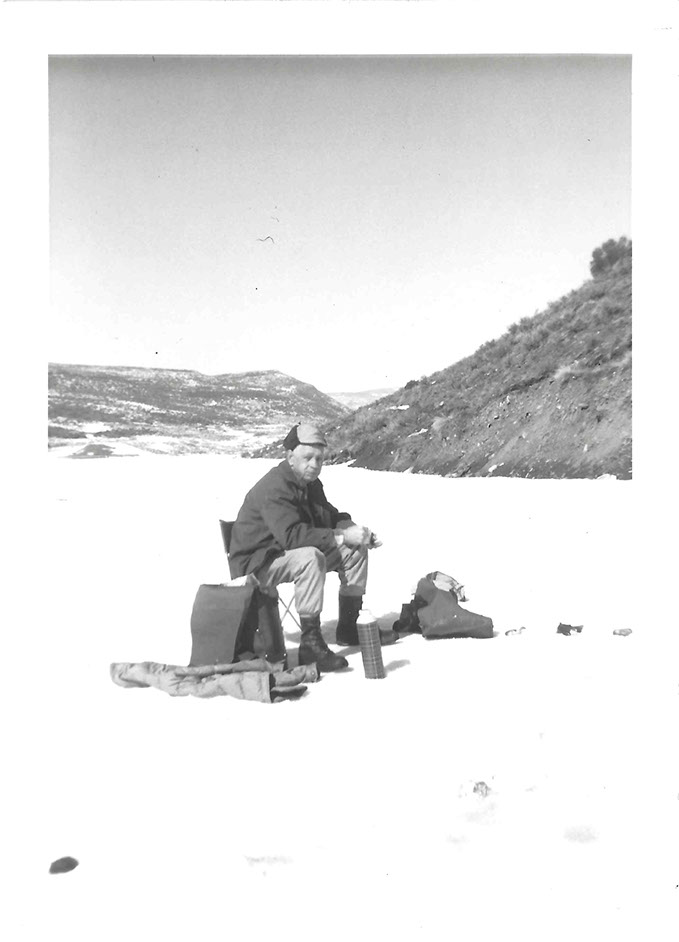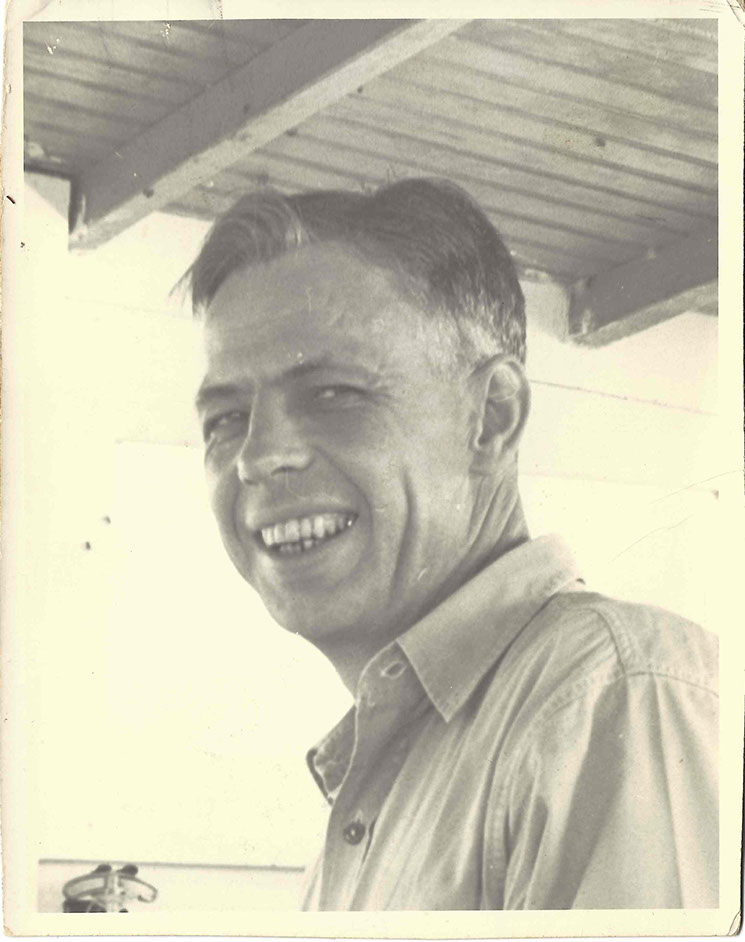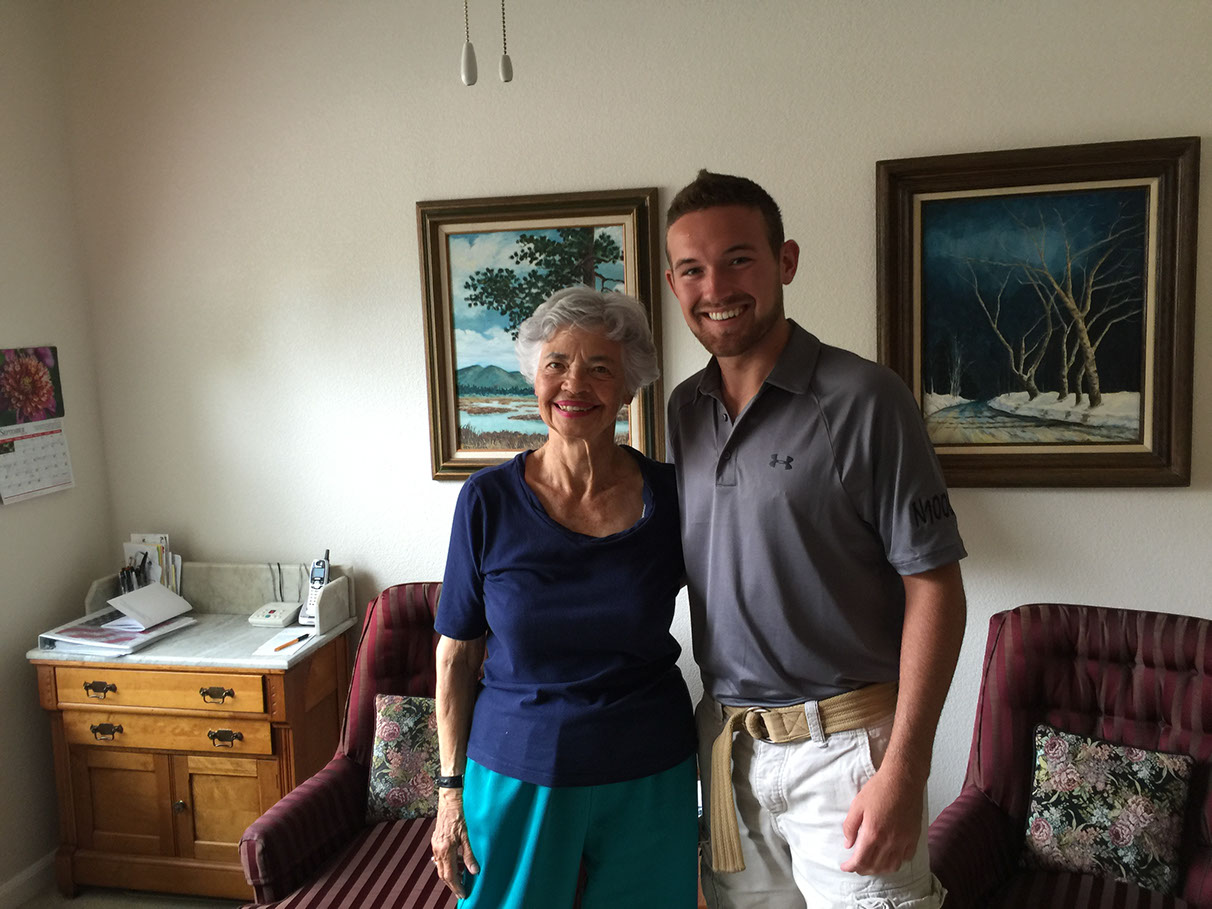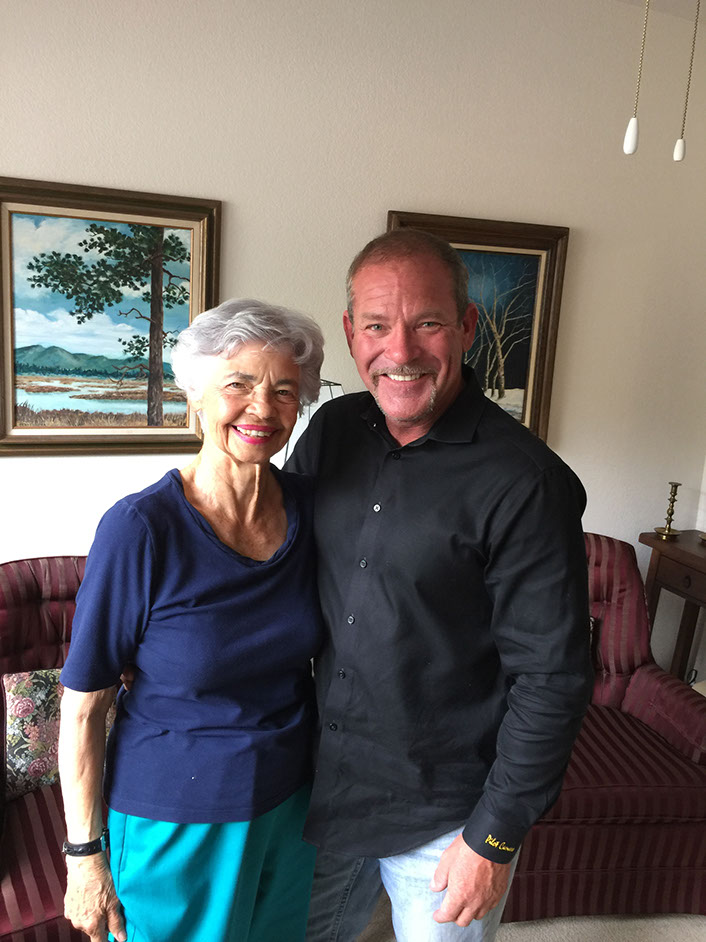
Previous Bio
Next Bio
Thomas Wesley Putnam
Mr. Electro-Maro
Tom Putnam was born on the family ranch in Petaluma, California on June 23, 1903. He had two younger brothers: John who became a professor of engineering at California Berkeley and his youngest brother, Rutherford who would ultimately own the local GM dealership in Petaluma later in life. Rutherford's wife, Helen, would later serve as mayor of Petaluma and reside on the Board of the Golden Gate Bridge. The father of the boys died in 1915, so they were raised alone by their mother who was
a grade school teacher.
Quite possibly the most interesting family that we have ever interviewed, the entirety of which is brilliant…..two of which graduated from Berkeley, two of which graduated from Harvard, and one of which went on to become a rocket scientist. True story.
Tom attended the University of California Berkeley and majored in Mechanical Engineering. It was there that he met the love of his life, Charlotte and the two were married on June 6, 1928. While at Berkeley as a freshman, Tom saved a young girl from drowning in the treacherous waters of Tomales Bay, outside of the Golden Gate Bridge. This act of heroism earned him the distinction of receiving the Andrew Carnegie Medal of Heroism three years later. In addition to receiving the highest honor allowed to a civilian in peace time, he received the sum of $5,000.00 from the Carnegie Trust. Adjusted for inflation, this was enough money for quite a home in 1927. The inside joke among the family was that Tom struggled financially to pay for school and now that his degree was obtained, he had struggled in vain.
Tom graduated from Berkeley and immediately took a job with General Motors. He was transferred to Oakland, California where his career started. By the time 1934 arrived, Tom had become a Zone Service Manager with his background with General Motors and his Mechanical Engineering degree.
In the early years of World War II, Tom was transferred to Detroit and worked in the same tank mobility division as Ferenc Pavlicks, one of the men currently credited with the design and build of the Apollo Lunar Rover. (A full biography of Mr. Pavlicks from our personal interview can be viewed on the Aerospace page of this site and he is pictured below.) Ferenc was tasked with soil testing while Tom was dutifully designed to train personnel how to service the new designs. They ultimately achieved a tank with wheels on the front and a tracking system on the rear that could be driven at higher rates of speed and was more
agile for use in the war effort in North Africa.
After the war, Tom was promoted to National Service Director and remained in Detroit. His image graces many historical documents and General Motors functions throughout his tenure.
It was during this tenure that another highly sensitive venture was being undertaken by General Motors. In the final stages of the Electro-vaire design and build in Santa Barbara, California….the program was moved back to the Tech Center for the final touches in the summer of 1965. The leader of the this division, Mr. P.D. Agarwal and twelve other engineers involved with the first battery-electric passenger car resumed their efforts within the confines of the Tech Center until completion in late 1965.
(A full thesis of the electric car program can also be viewed on this site.) The only fully operational electro-vaire is still the property of General Motors and is showcased at the GM Heritage Center. Ultimately, the feasibility of this program was abandoned and refocused on an alternative end use.
Tom Putnam’s name, as it appears in the “F” car Pilot Book represented his crowning achievement of his career. Mr. Agarwal’s division was re-named “Electric Drive” and their focus was turned to creating a Lunar Testing Vehicle in 1966. Because this unit needed to operate outside the prying eyes of individuals not debriefed…it received its operating budget from two other divisions. The budgetary responsibilities fell on the National Fleet Service and the Sales Divisions. Tom oversaw the design, build, and operating expenses of this division. Additionally, only three cars instead of four were used in the National Sales Conventions. The four “F” car prototypes officially slated for electric drive engineering tests utilized the high budgetary limitations of a National Sales Convention car, but that money was actually used to develop and test the components necessary for an astronaut training vehicle to be tested in 1968 in Pismo Beach, California. (A full understanding of Pilot Prototype 28, 29, 30, and 49 can be viewed on their individual Pilot Prototype pages on this site.) The only surviving example known to exist
from this research is #49.
Because of his clearance and insider knowledge, Tom oversaw this program until the entirety of Agarwal’s designs were perfected and ultimately pitched to Nasa. (The rest of this story can be viewed on this site). He retired shortly thereafter and received a diamond retirement ring that would ultimately be used by his granddaughter Nina for her upcoming
nuptial to his grandson.
The husband and wife retired to Grand Junction, Colorado where they lived happily below the mesa until their deaths in 1976 and 1987. Tom devoted the last years of his life to the constant affection of his grandchildren. The couple was laid to rest in the local cemetery of their earlier lives…Cypress Hill Memorial Park in Petaluma, California.
Click Image To View
All of the Vehicles produced by the former General Motors Corporation at its long expunged Norwood, Ohio factory are all existing trademarks of the new General Motors Company. Any and all historical marks as used here are used for identification, description, illustrative, and educational purposes only. This site is not affiliated with General Motors Company.
By: Logan Lawson
Registrar Of WWW.PilotCarRegistry.com
Copyright 2014 Logan Lawson. All Rights Reserved.
